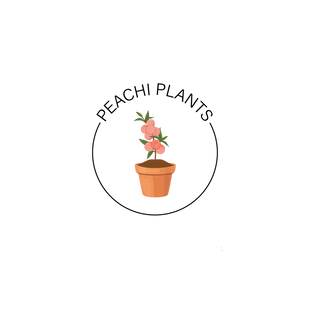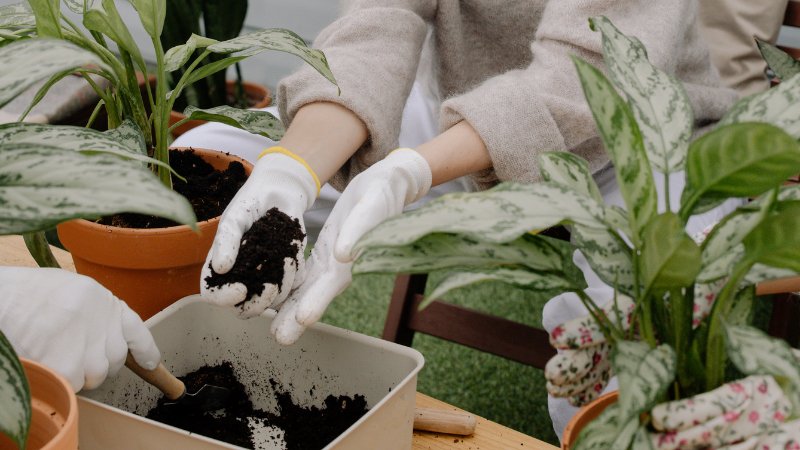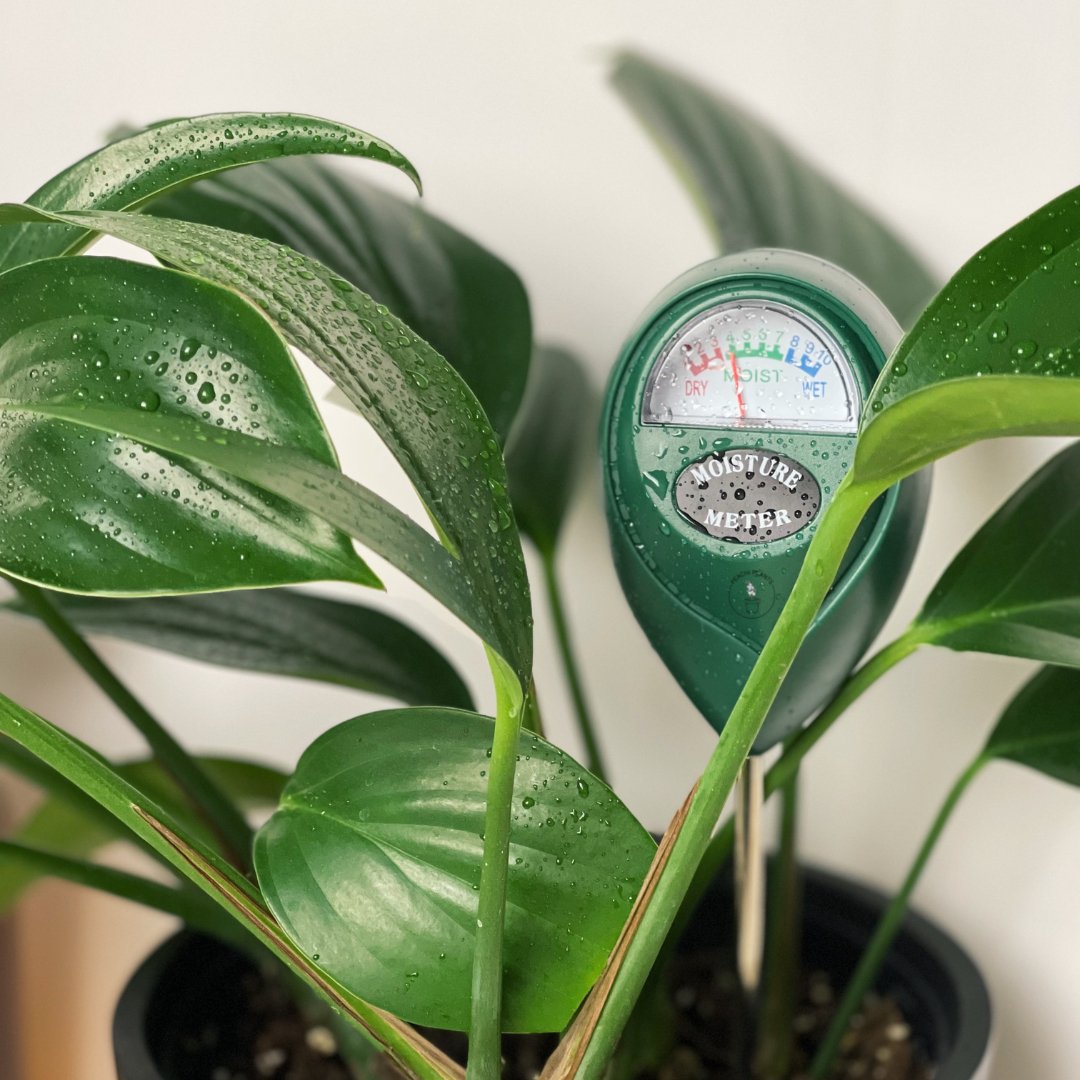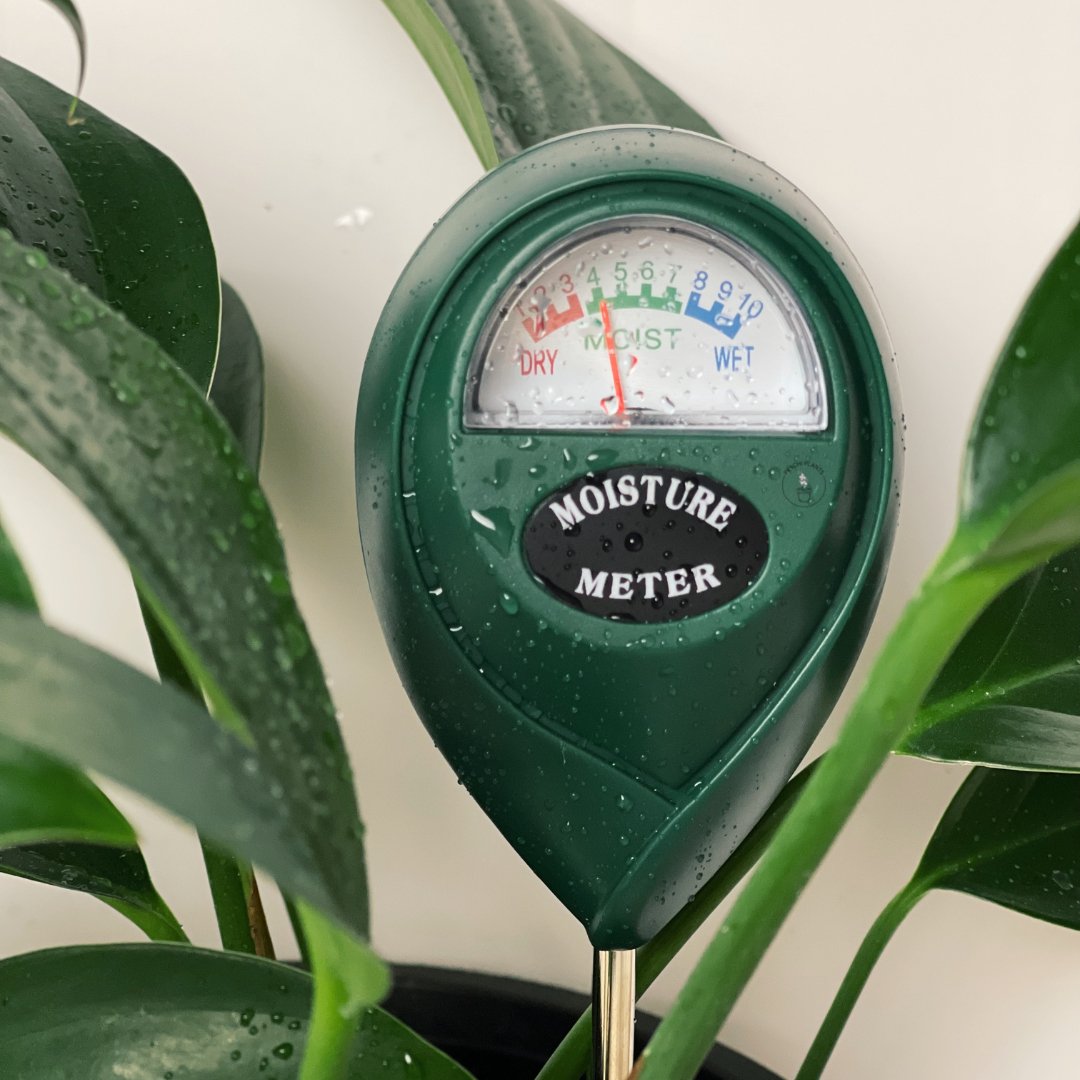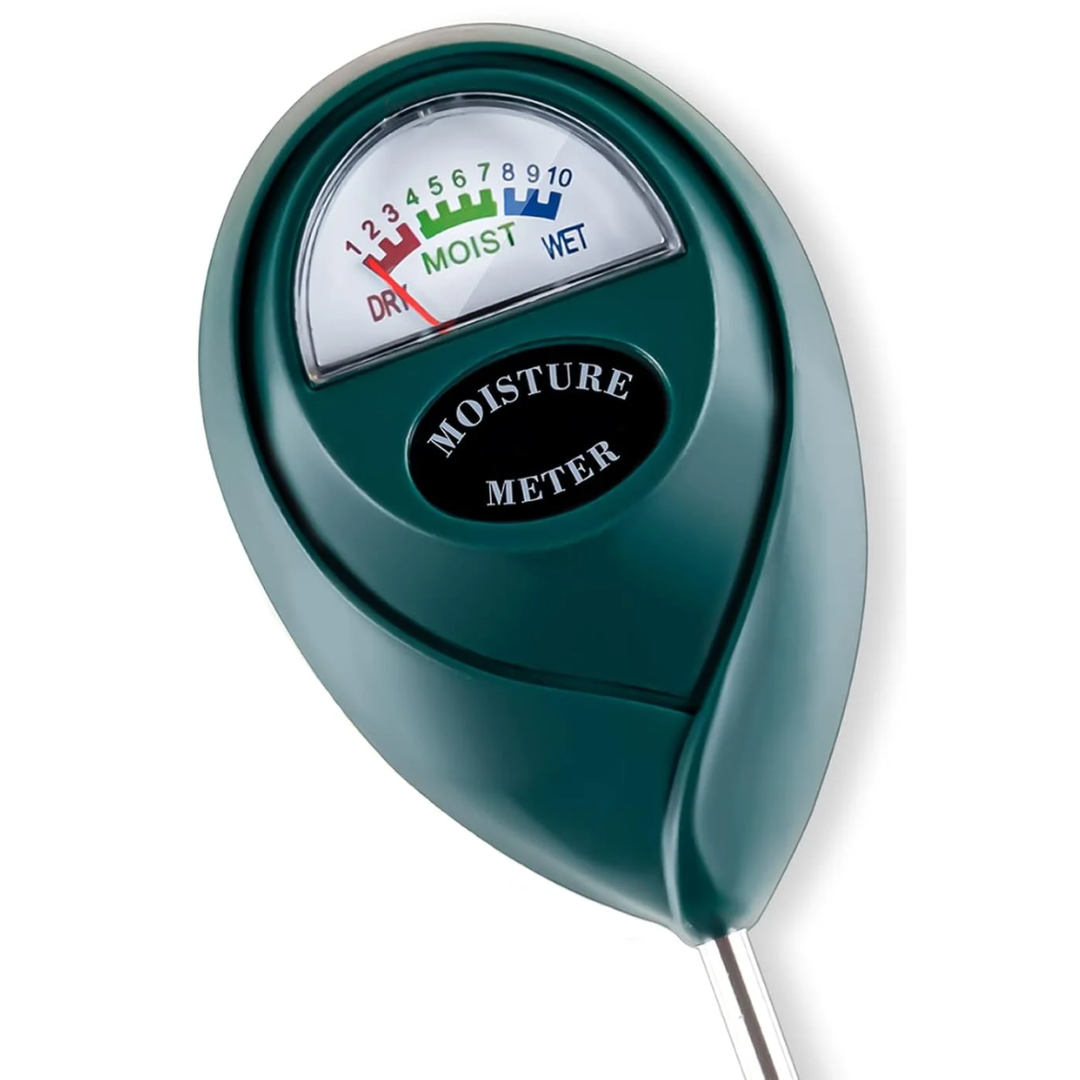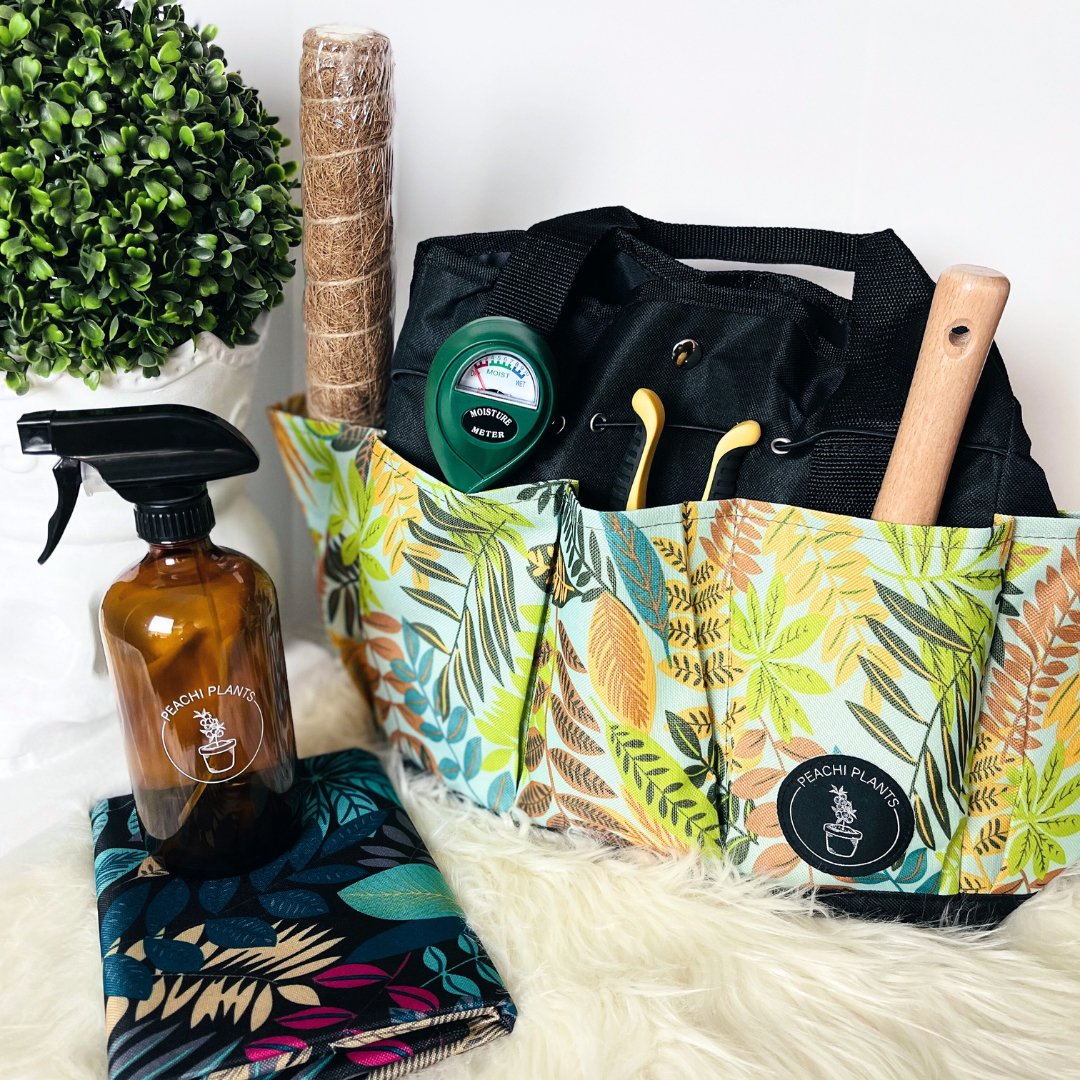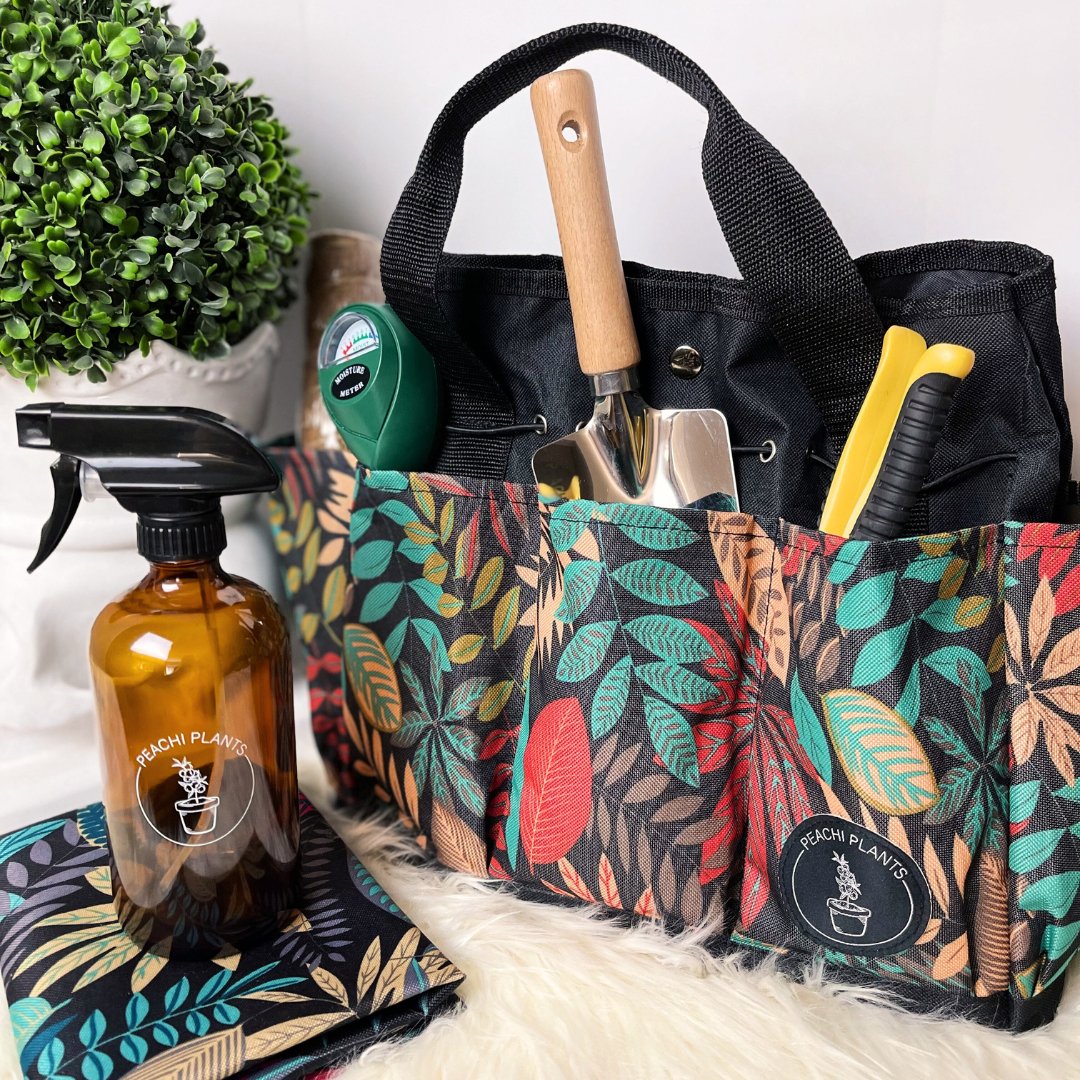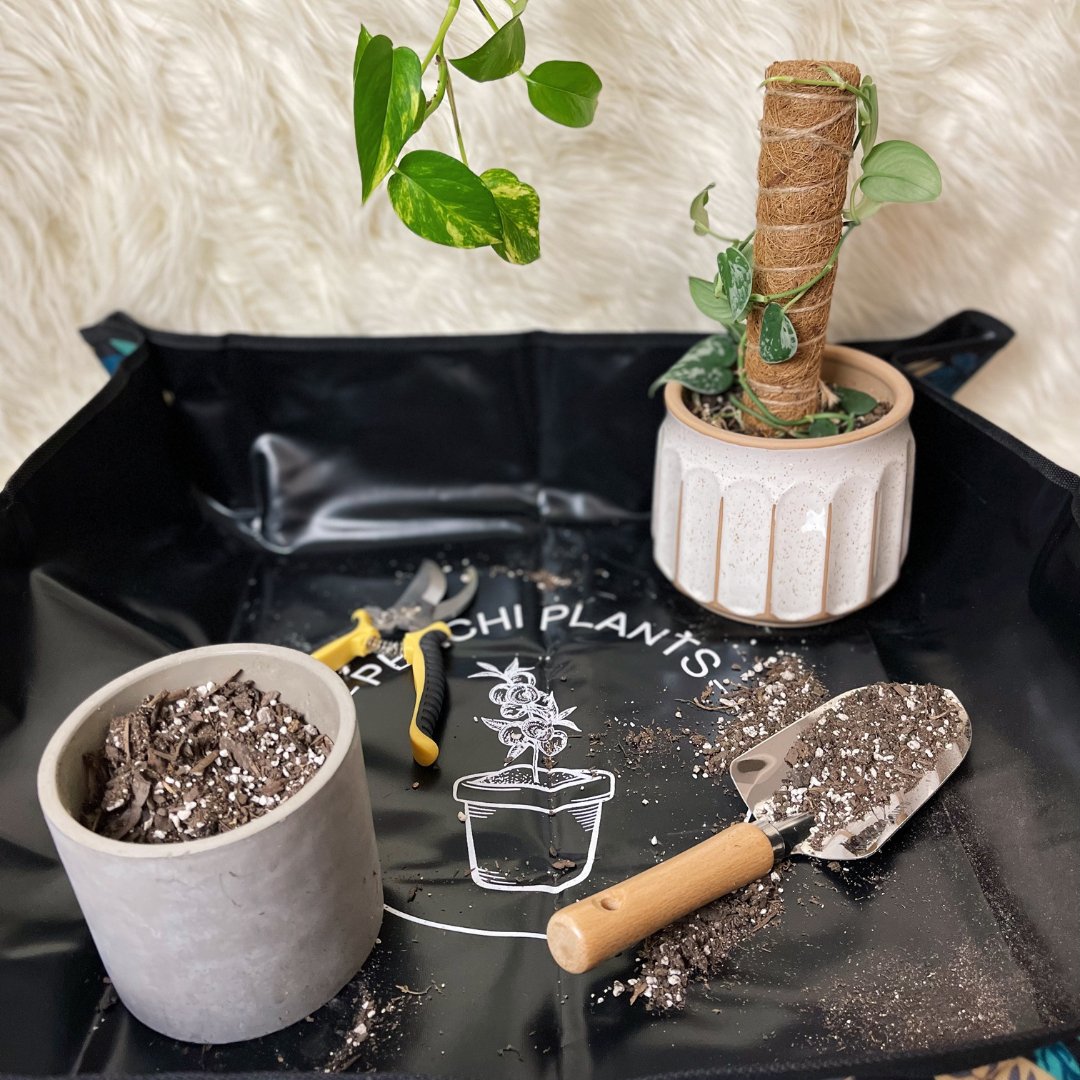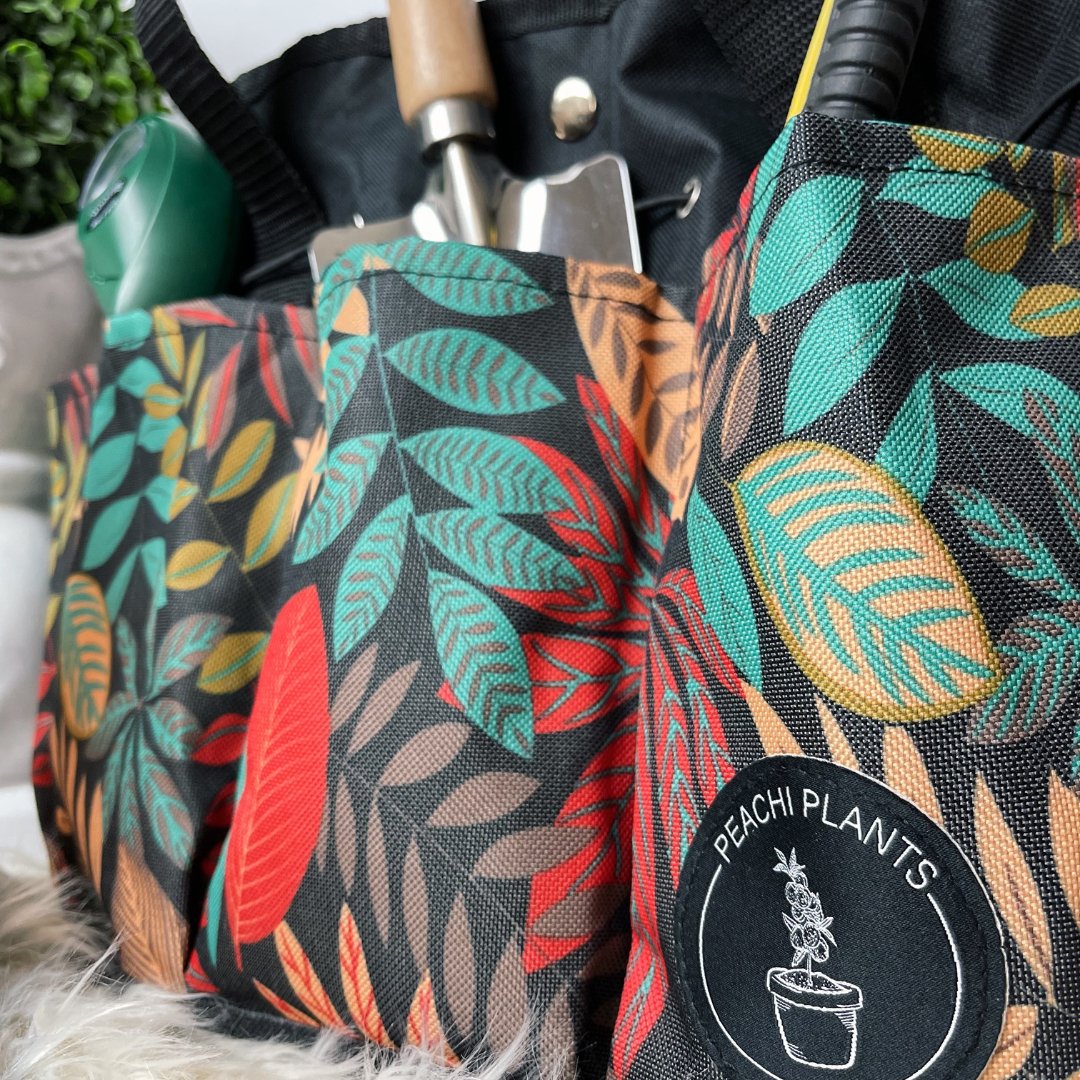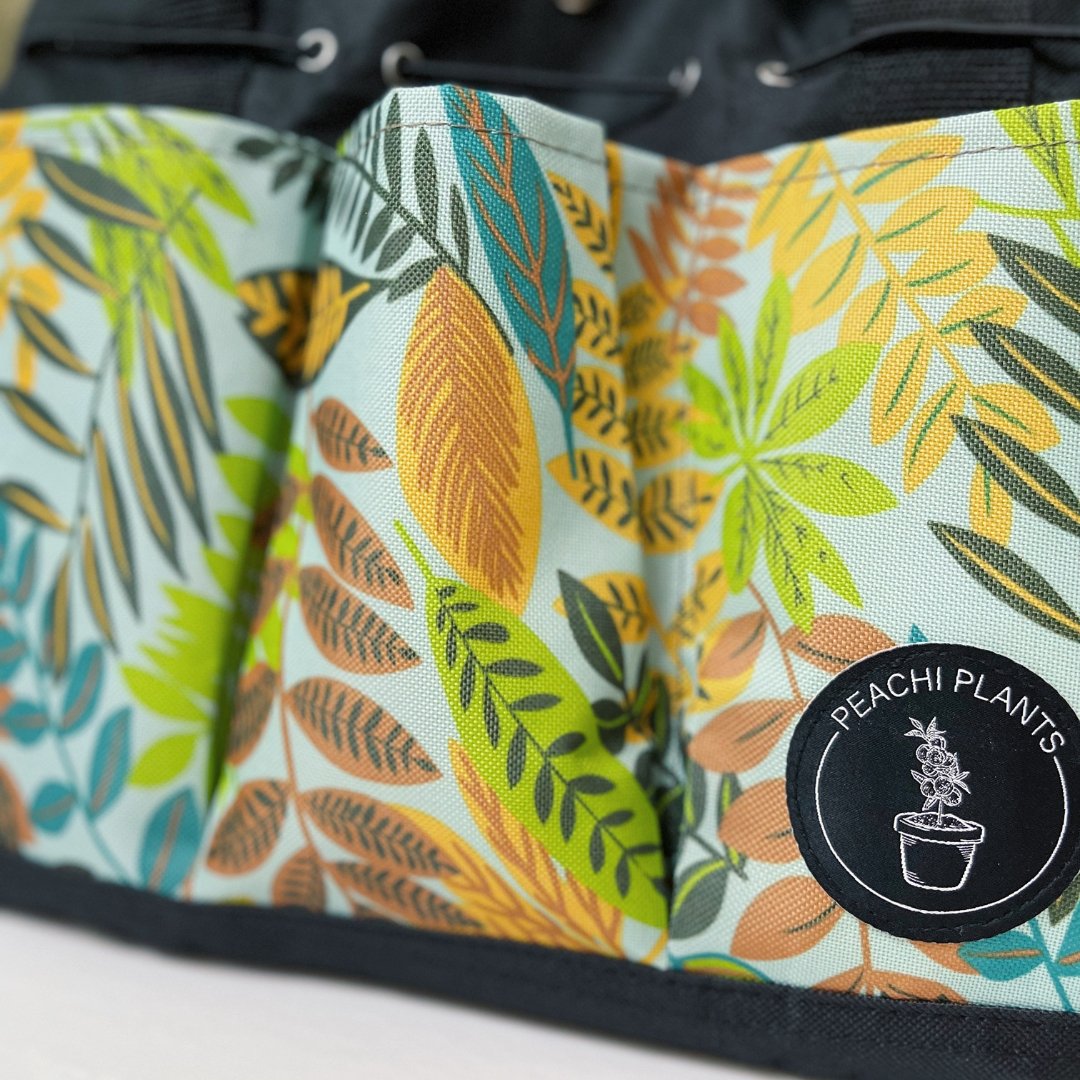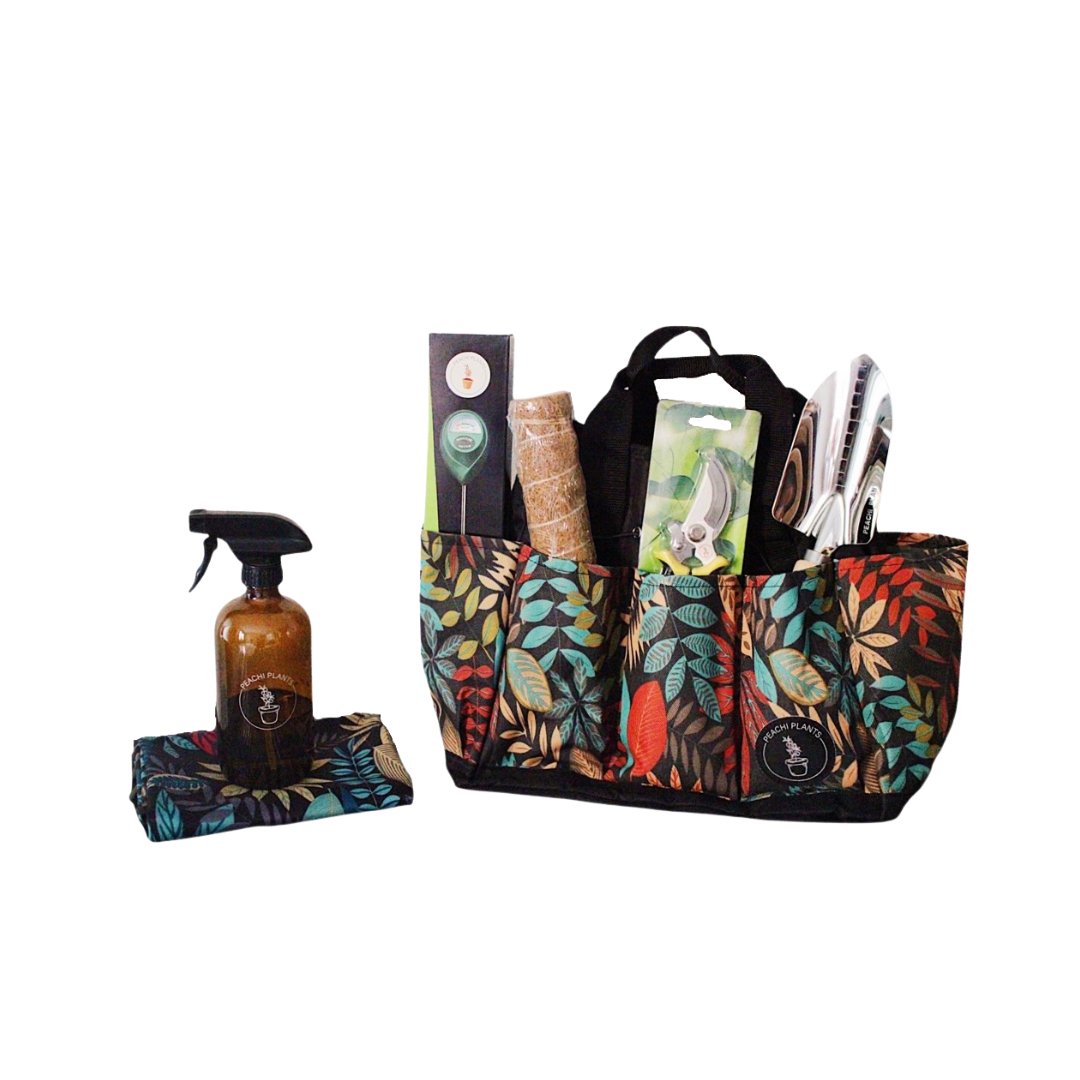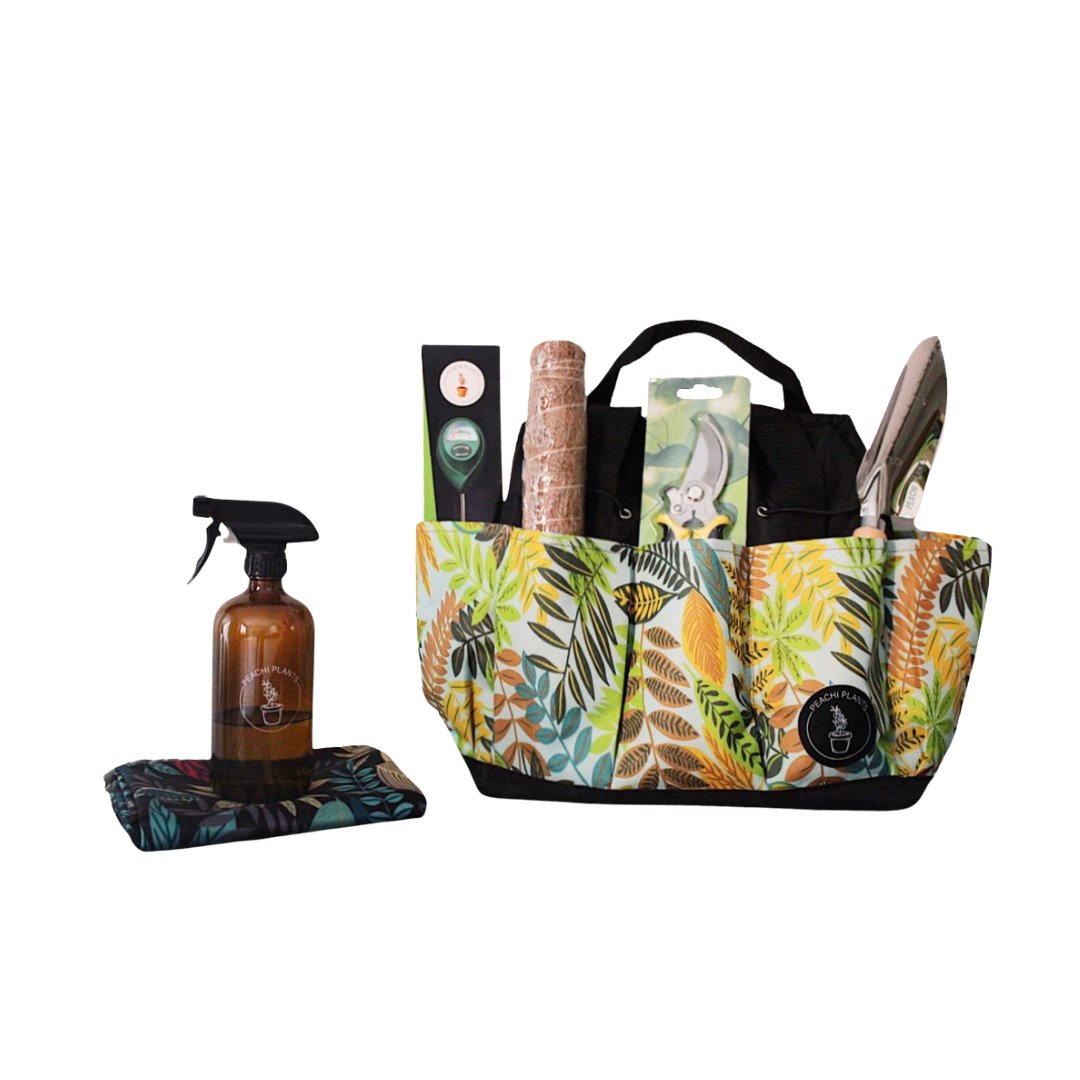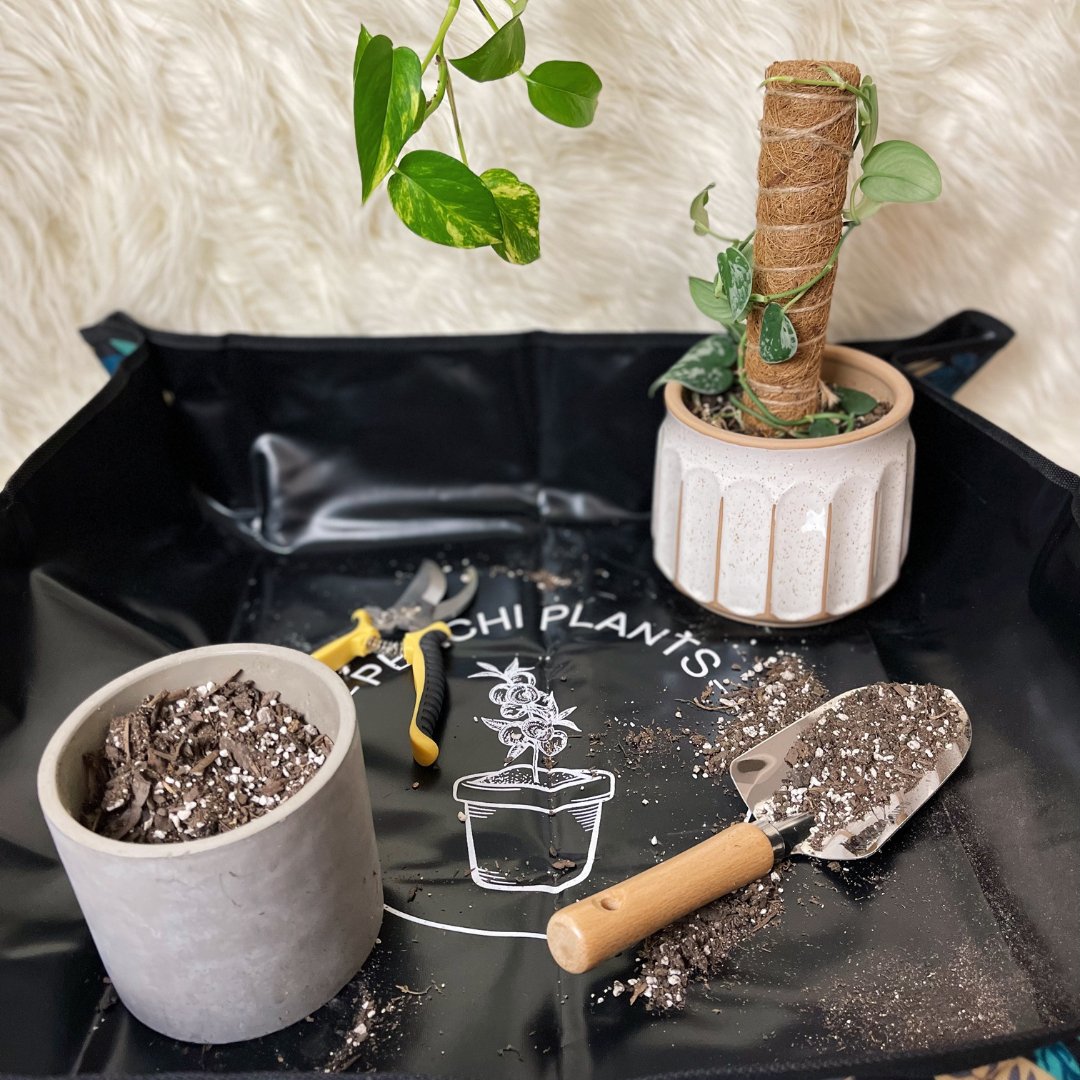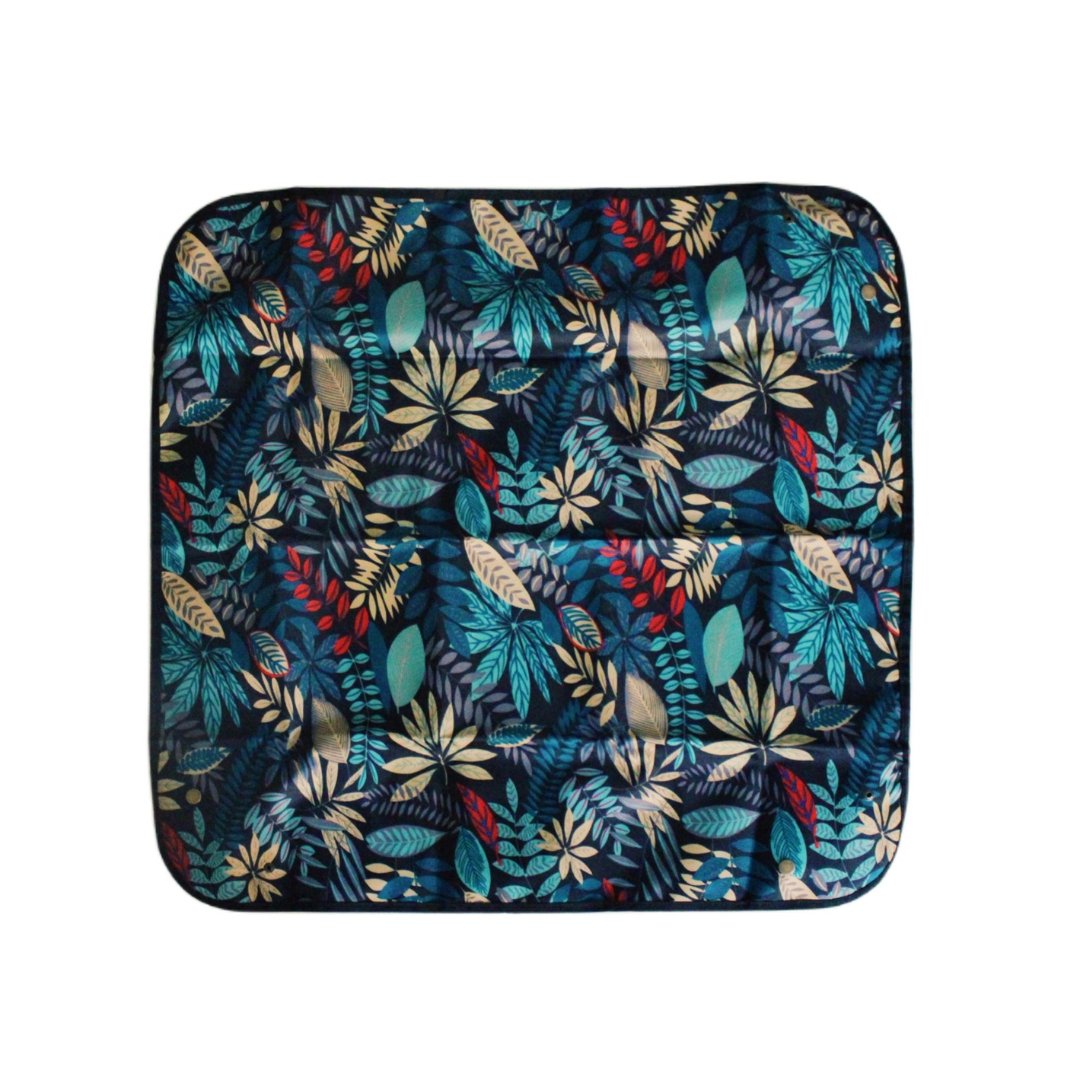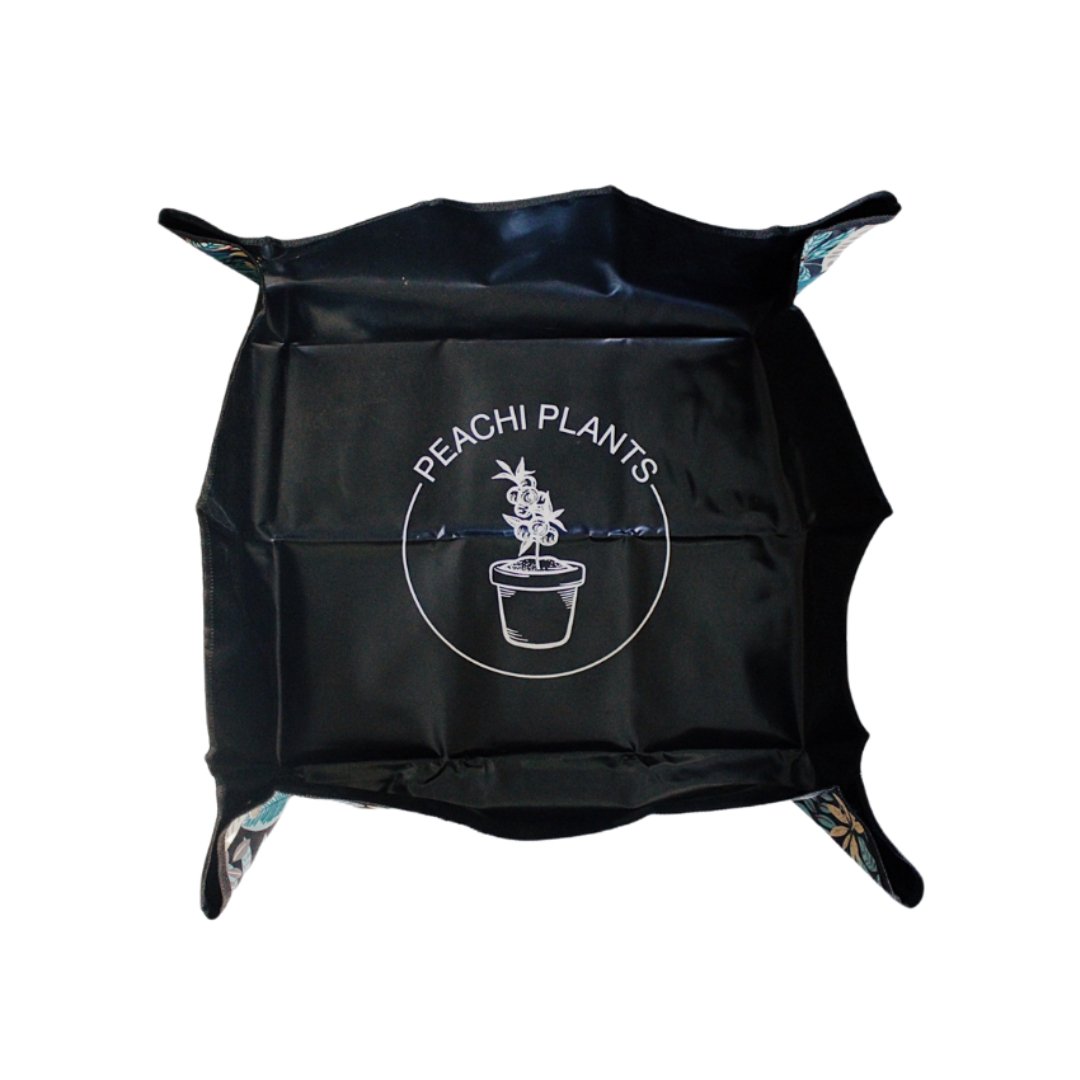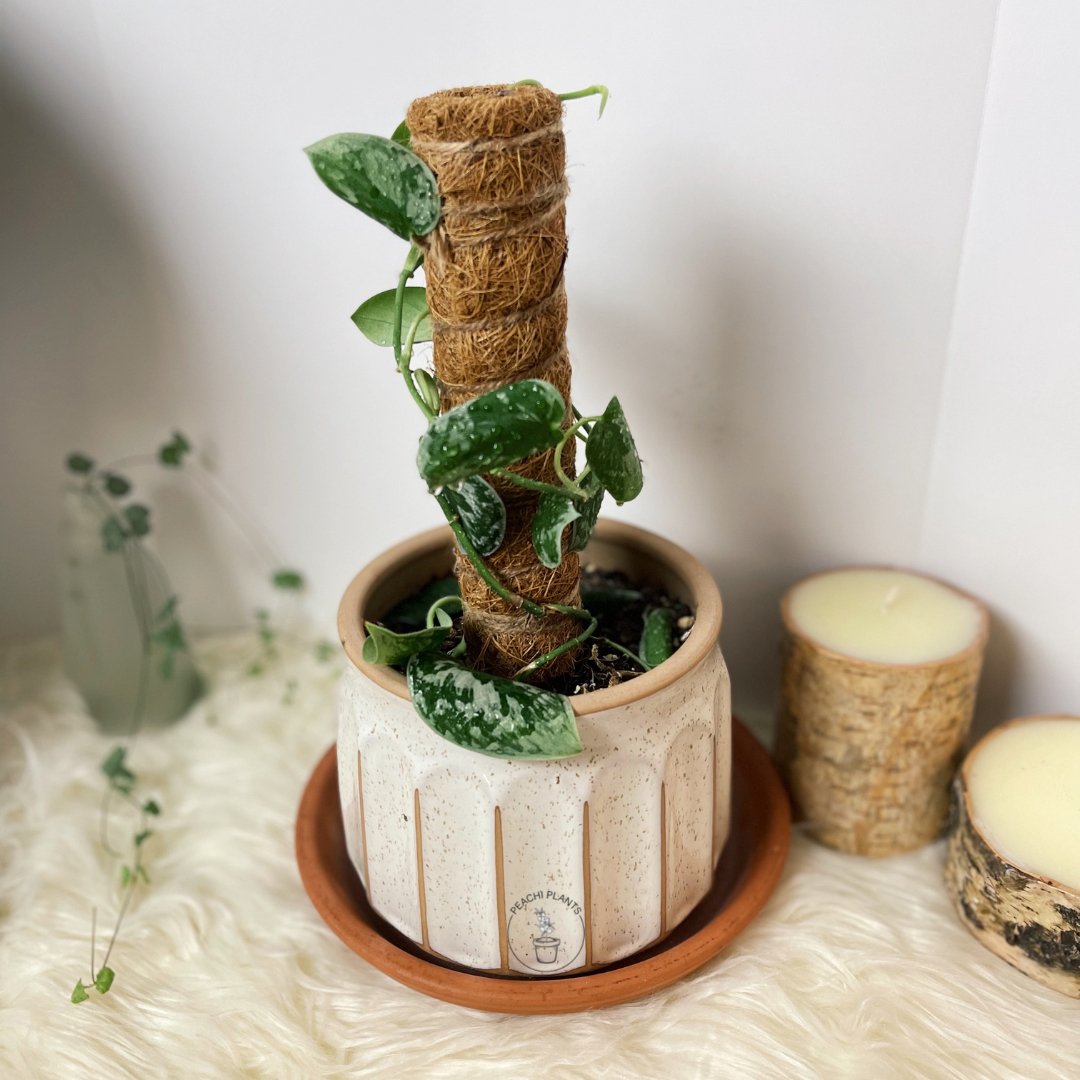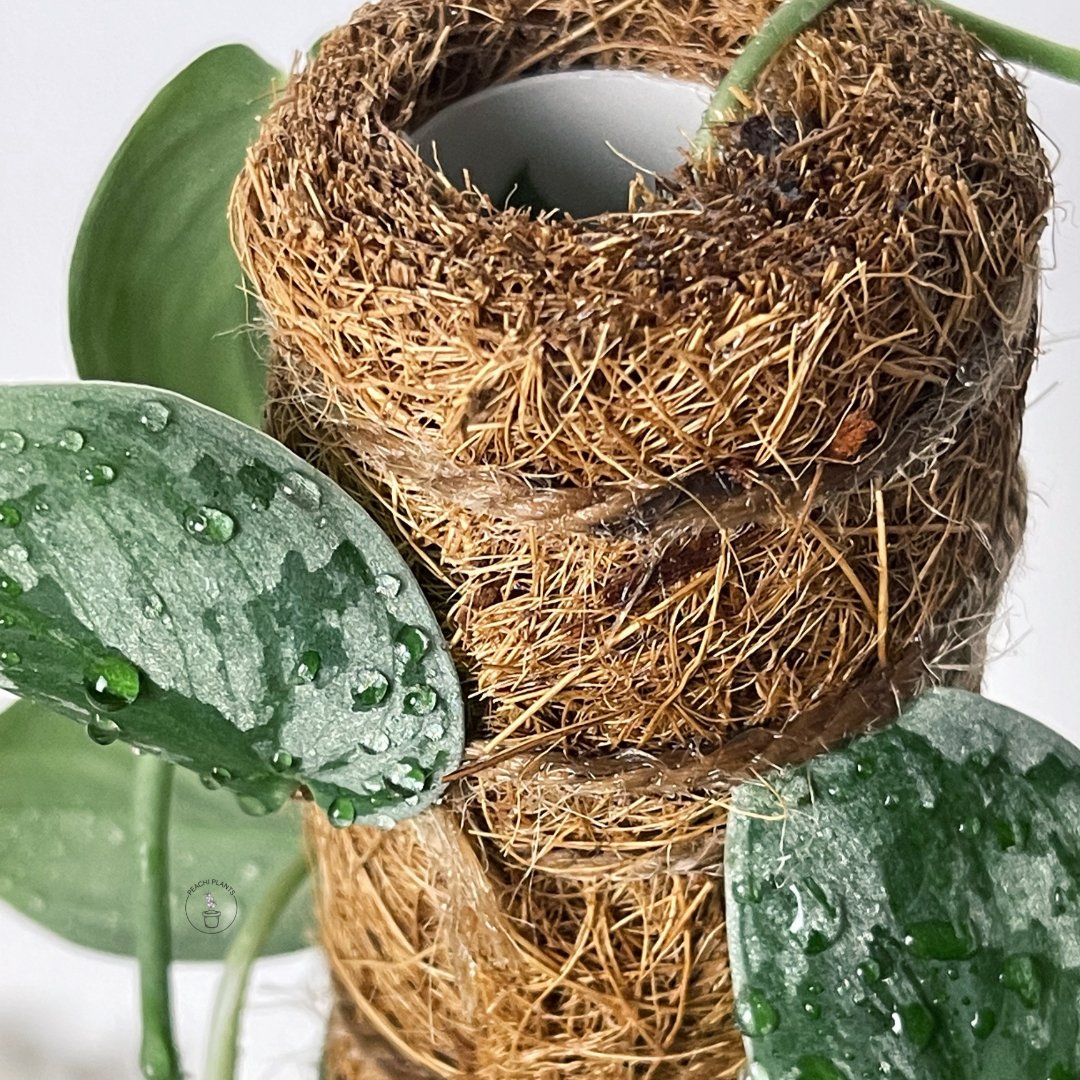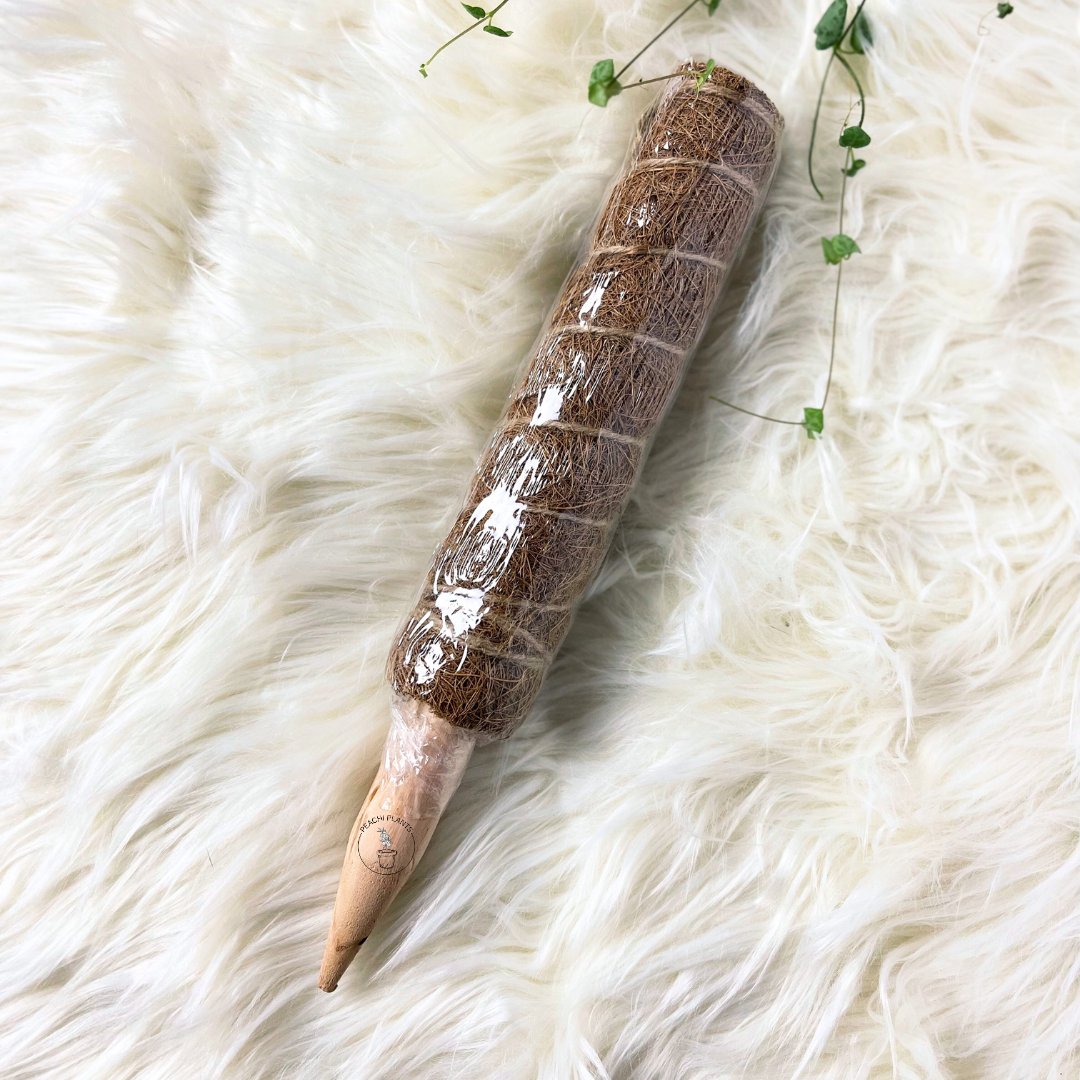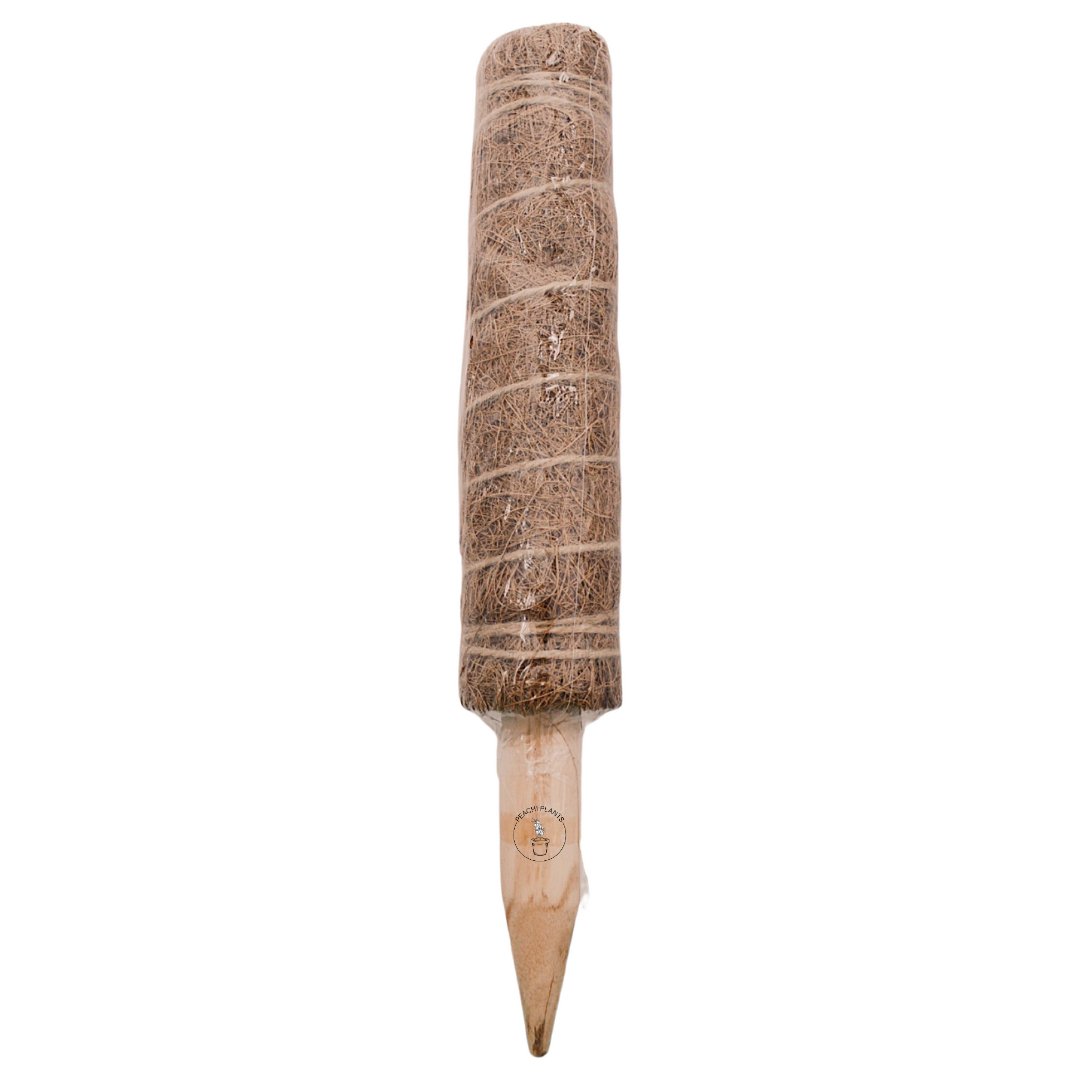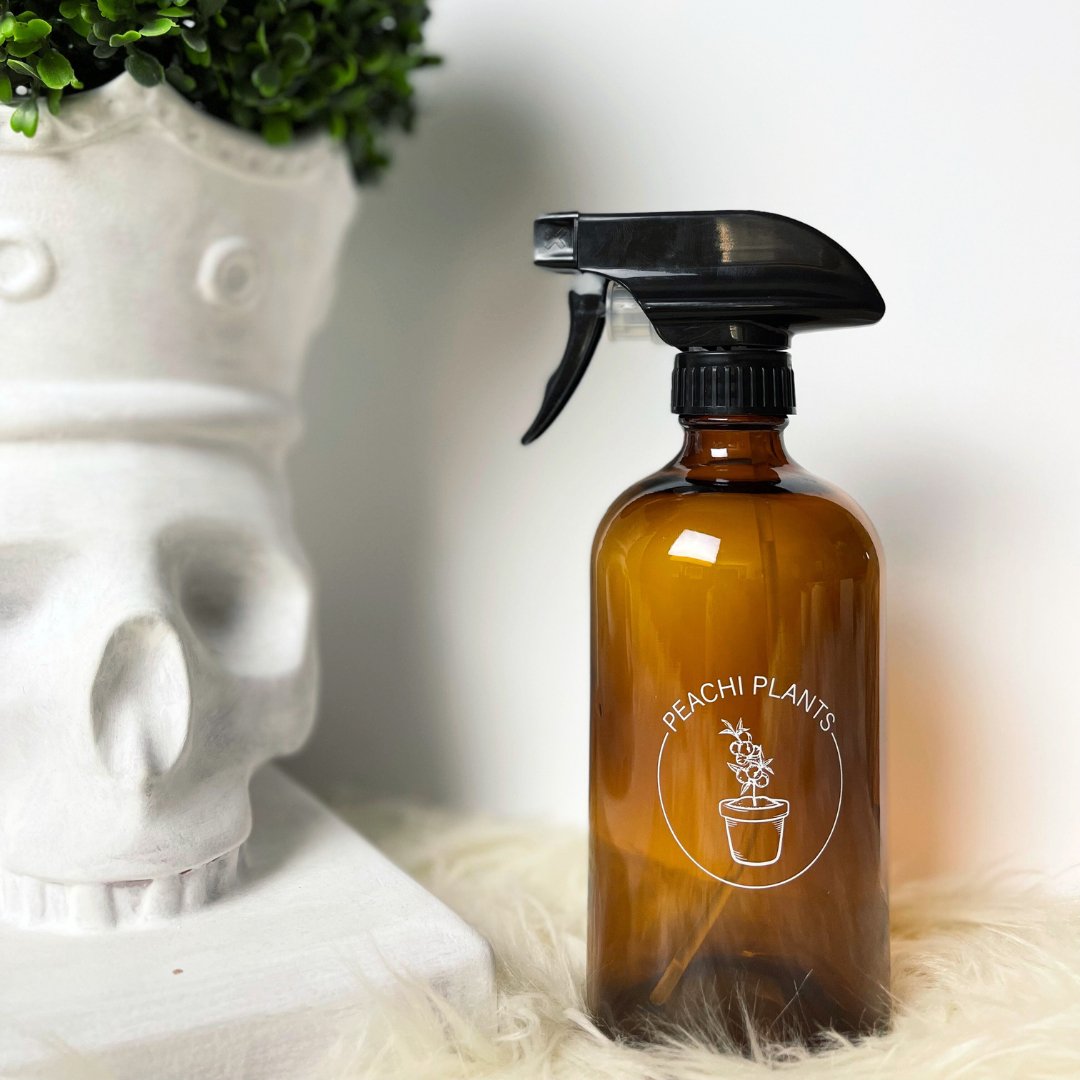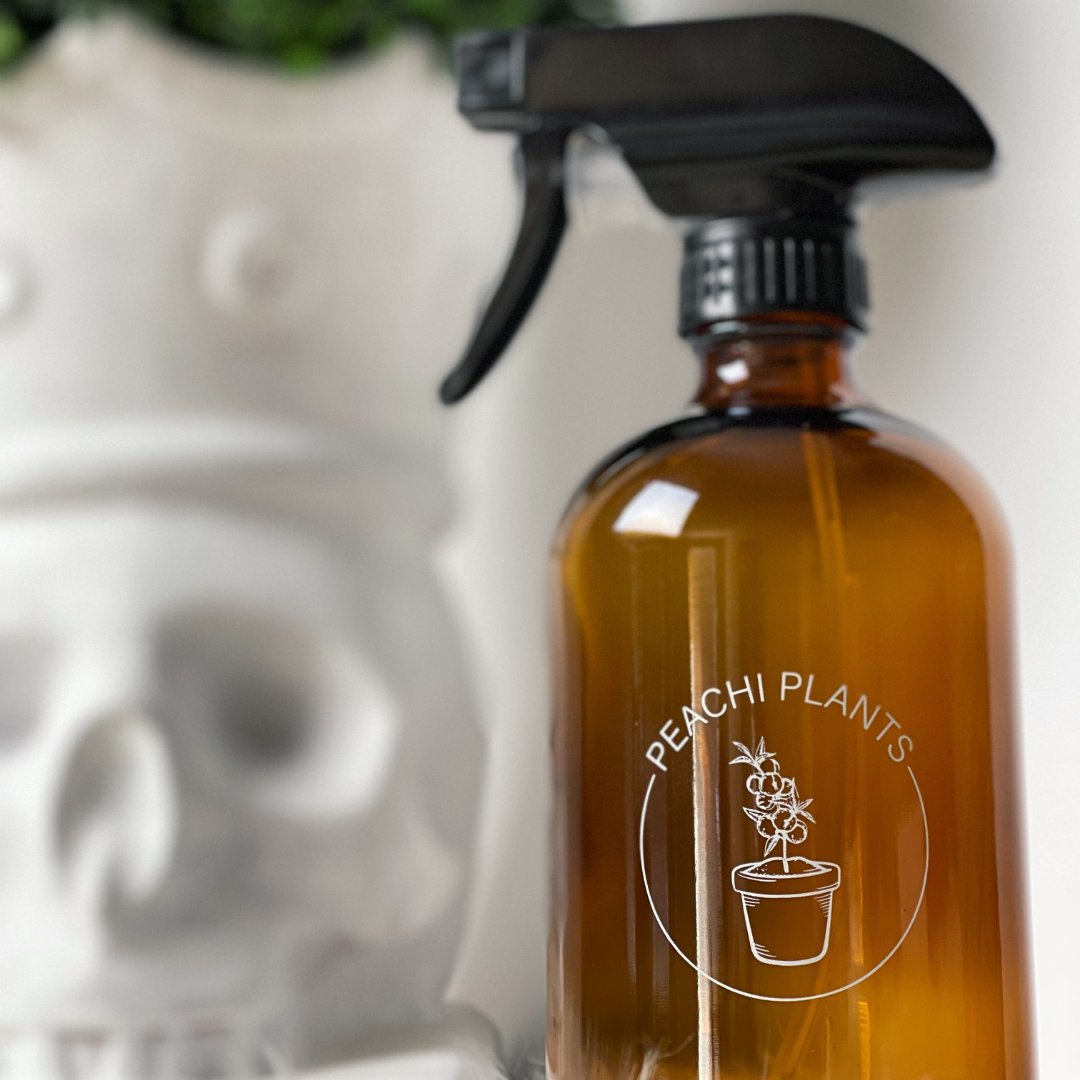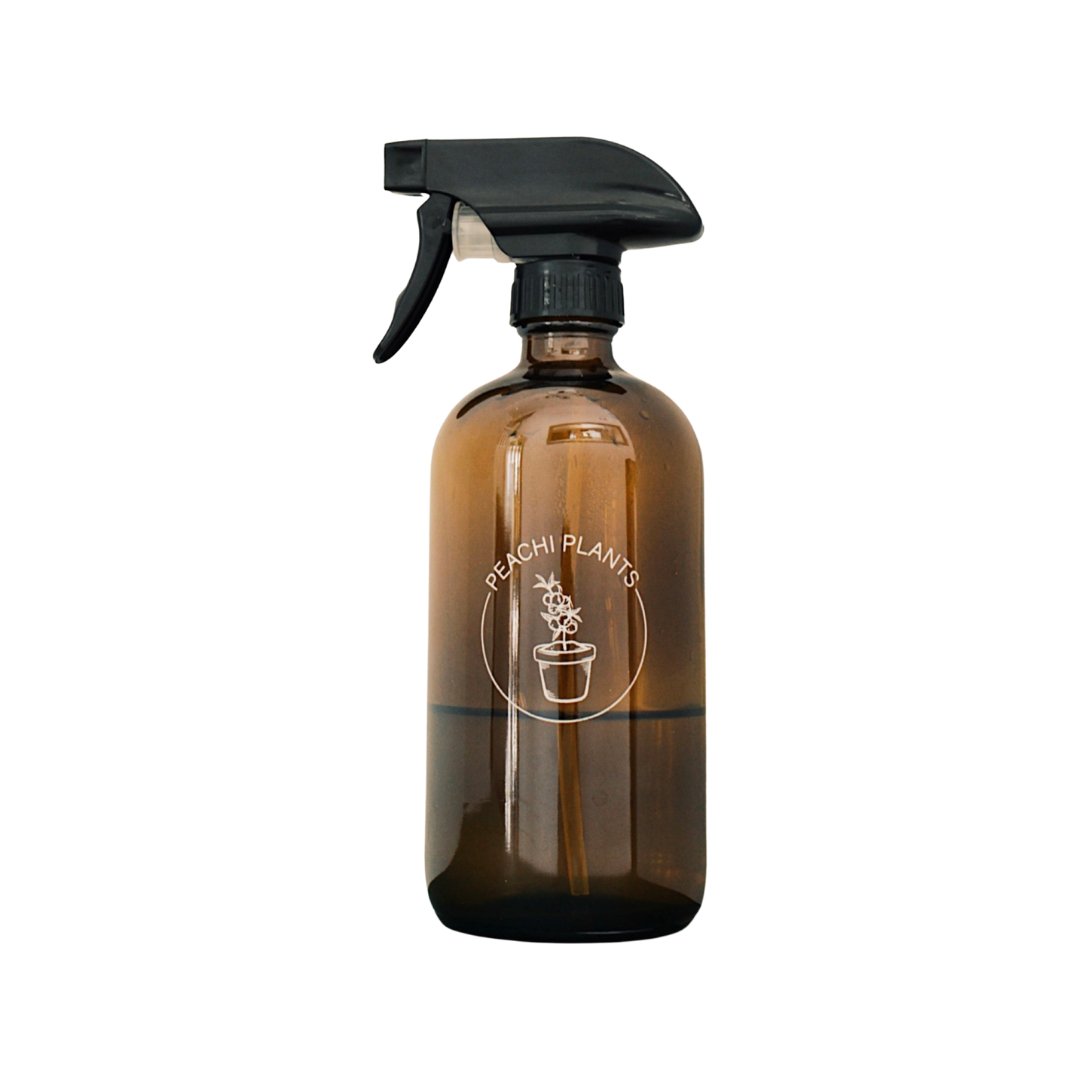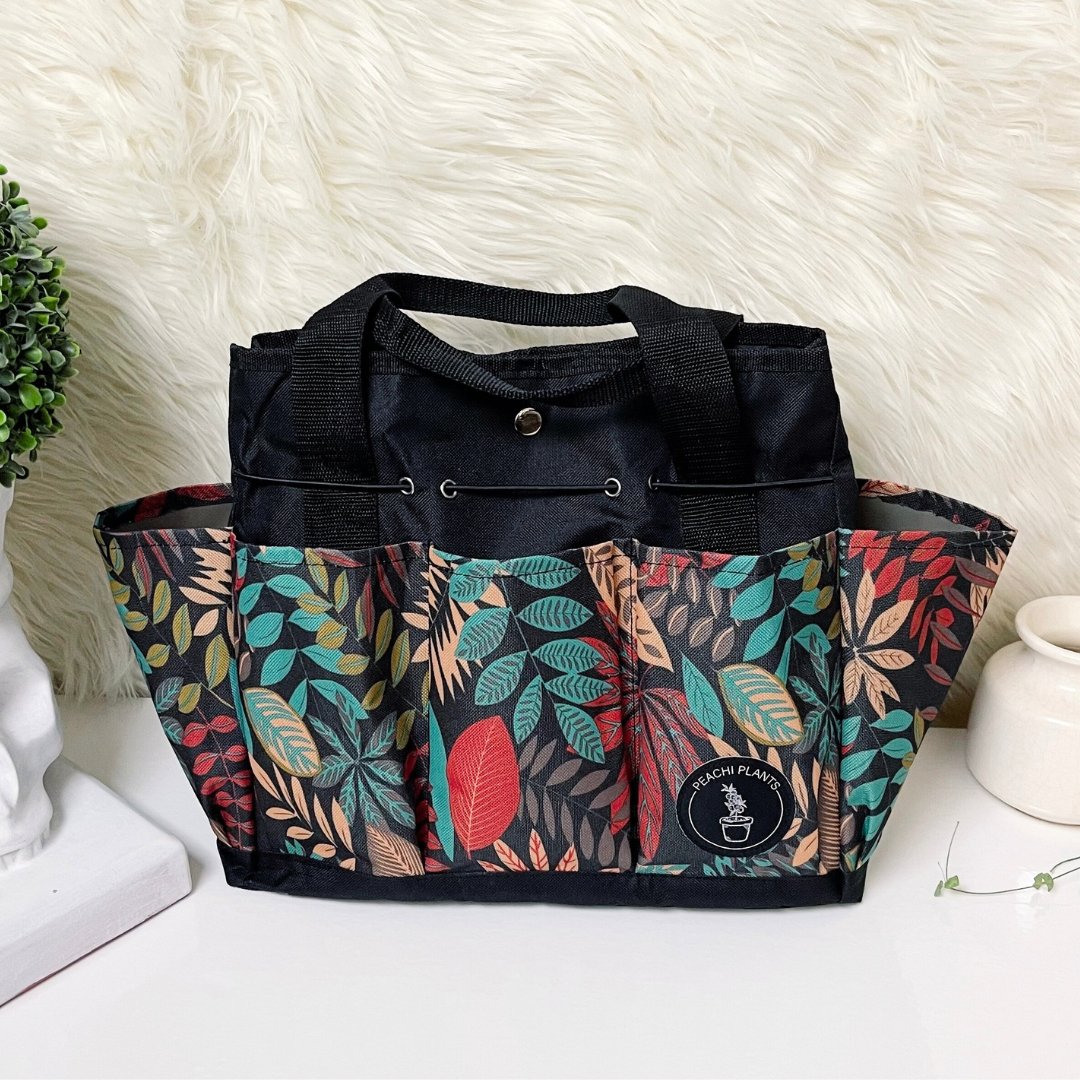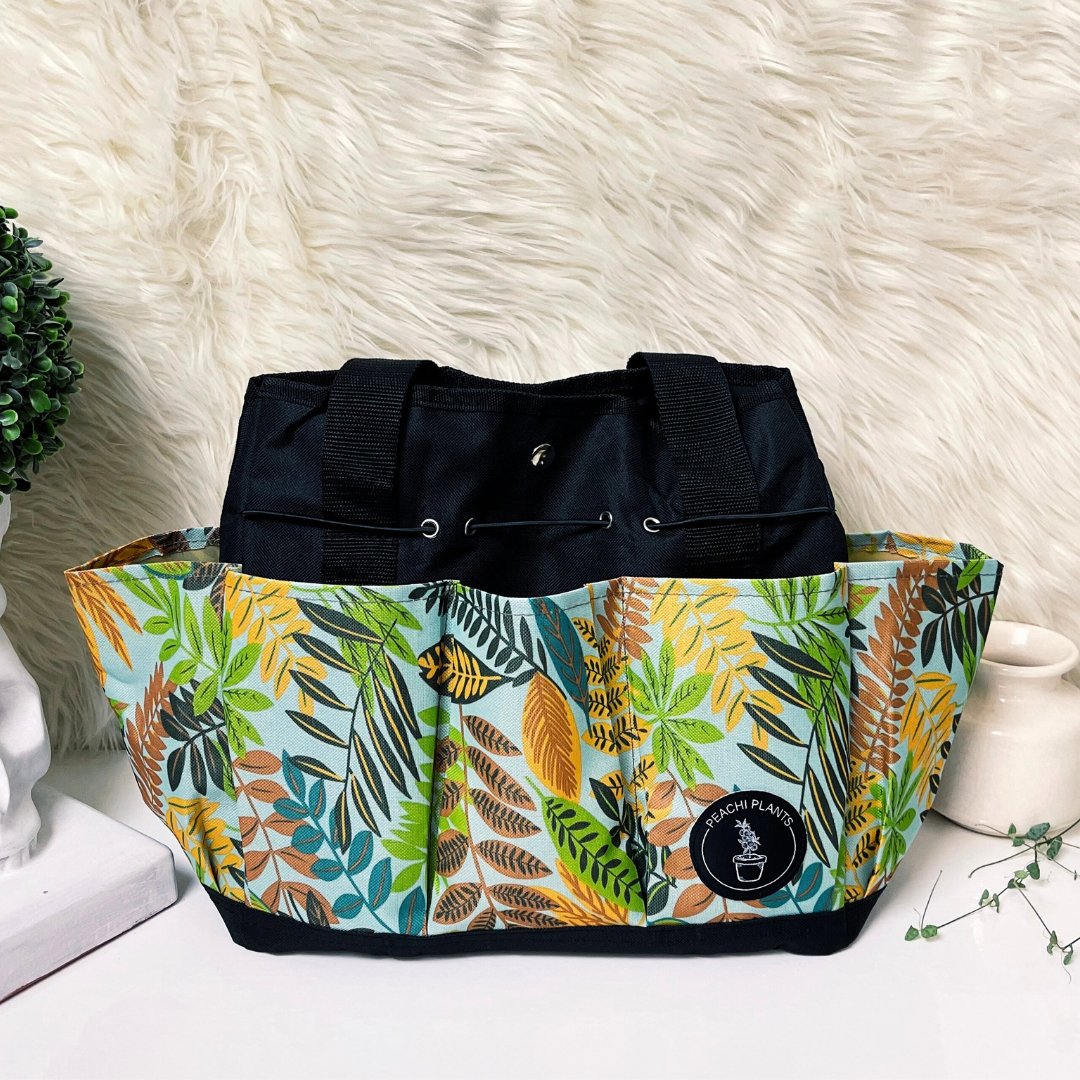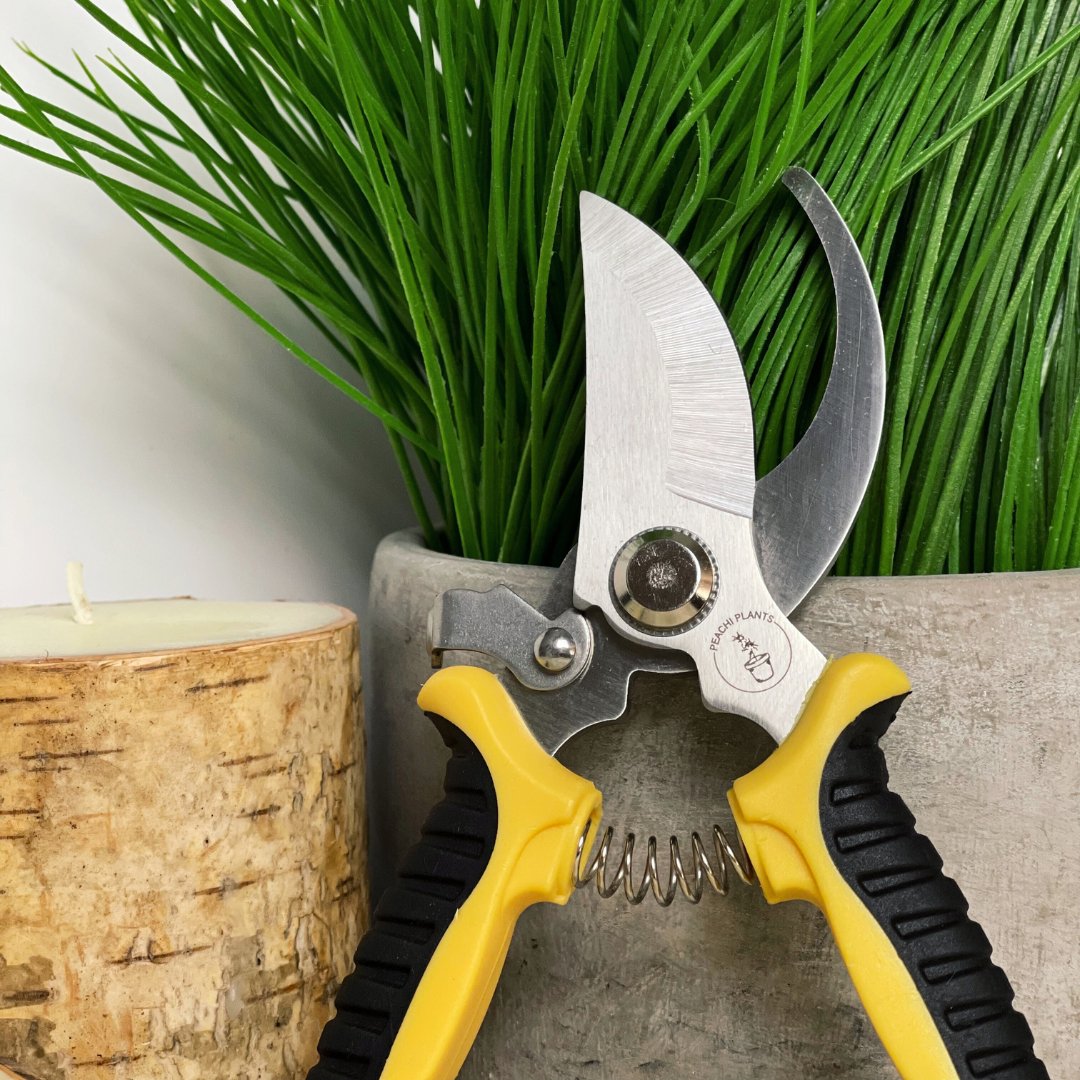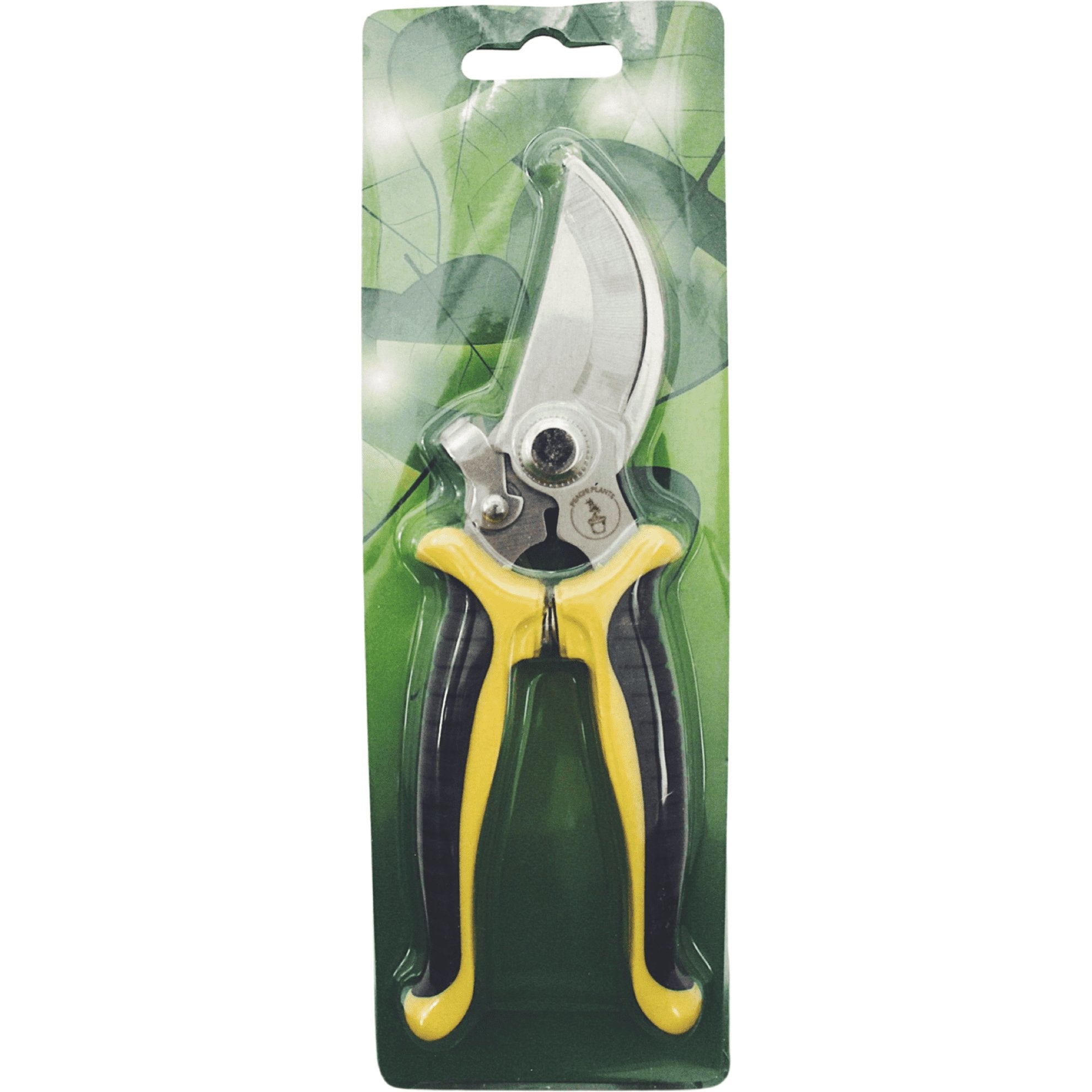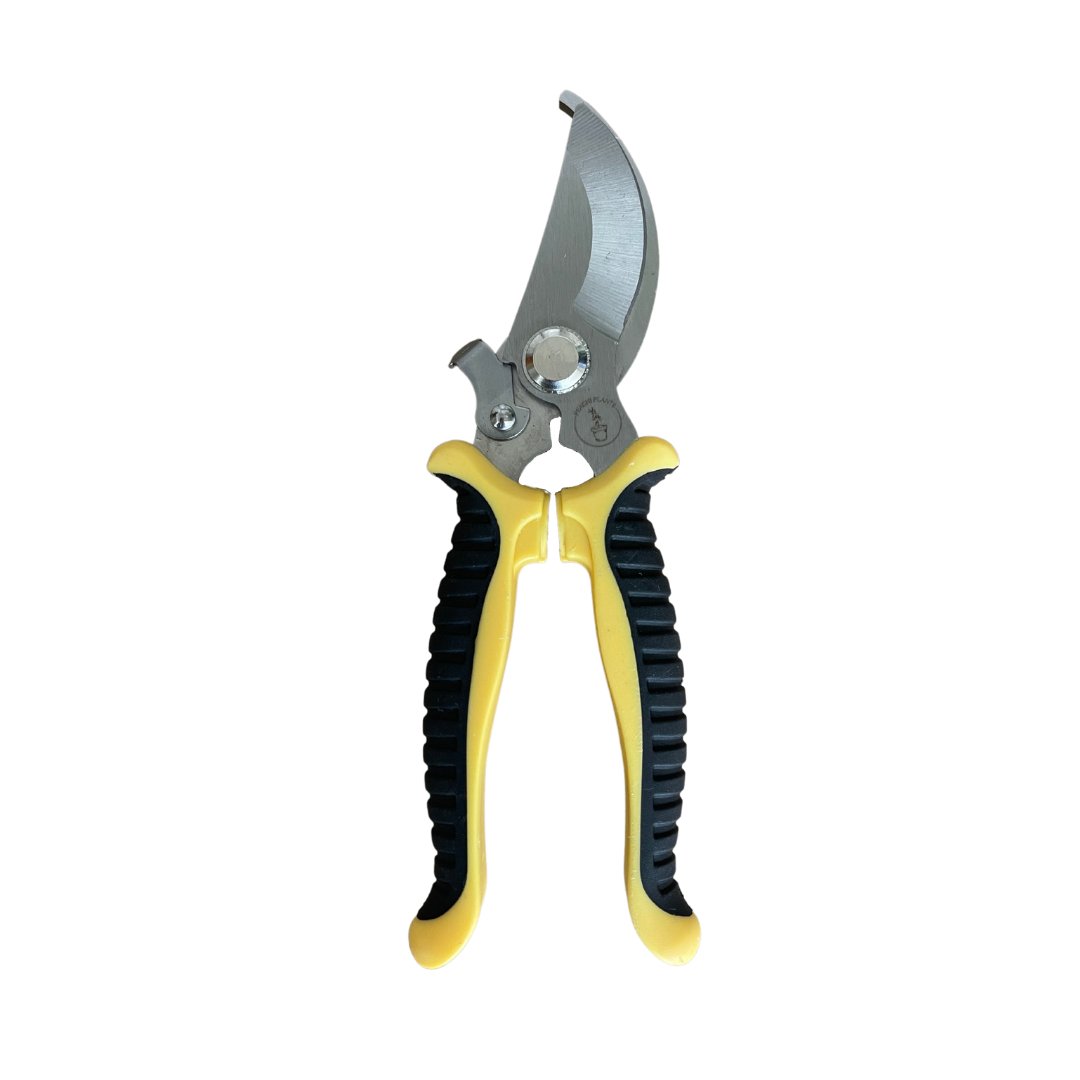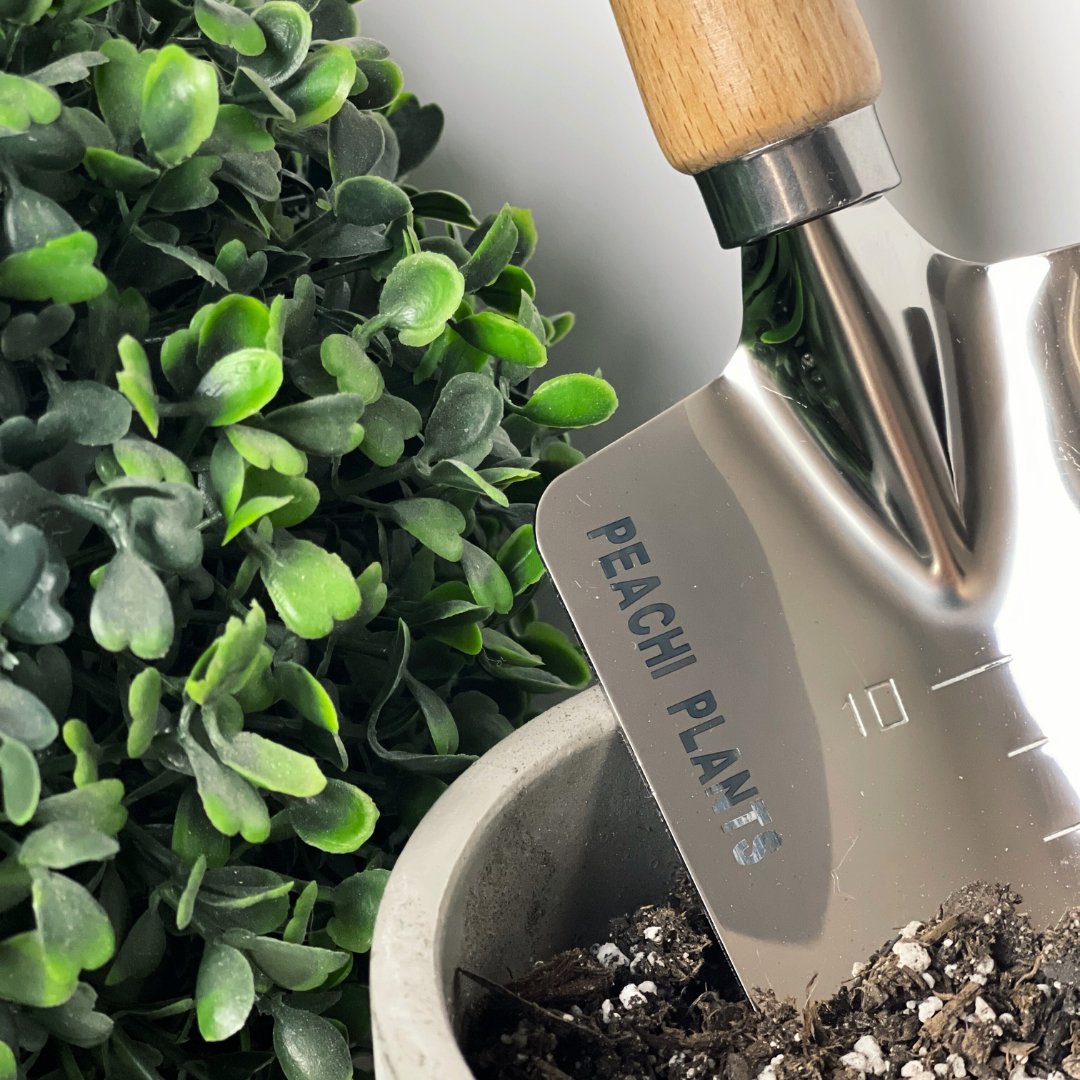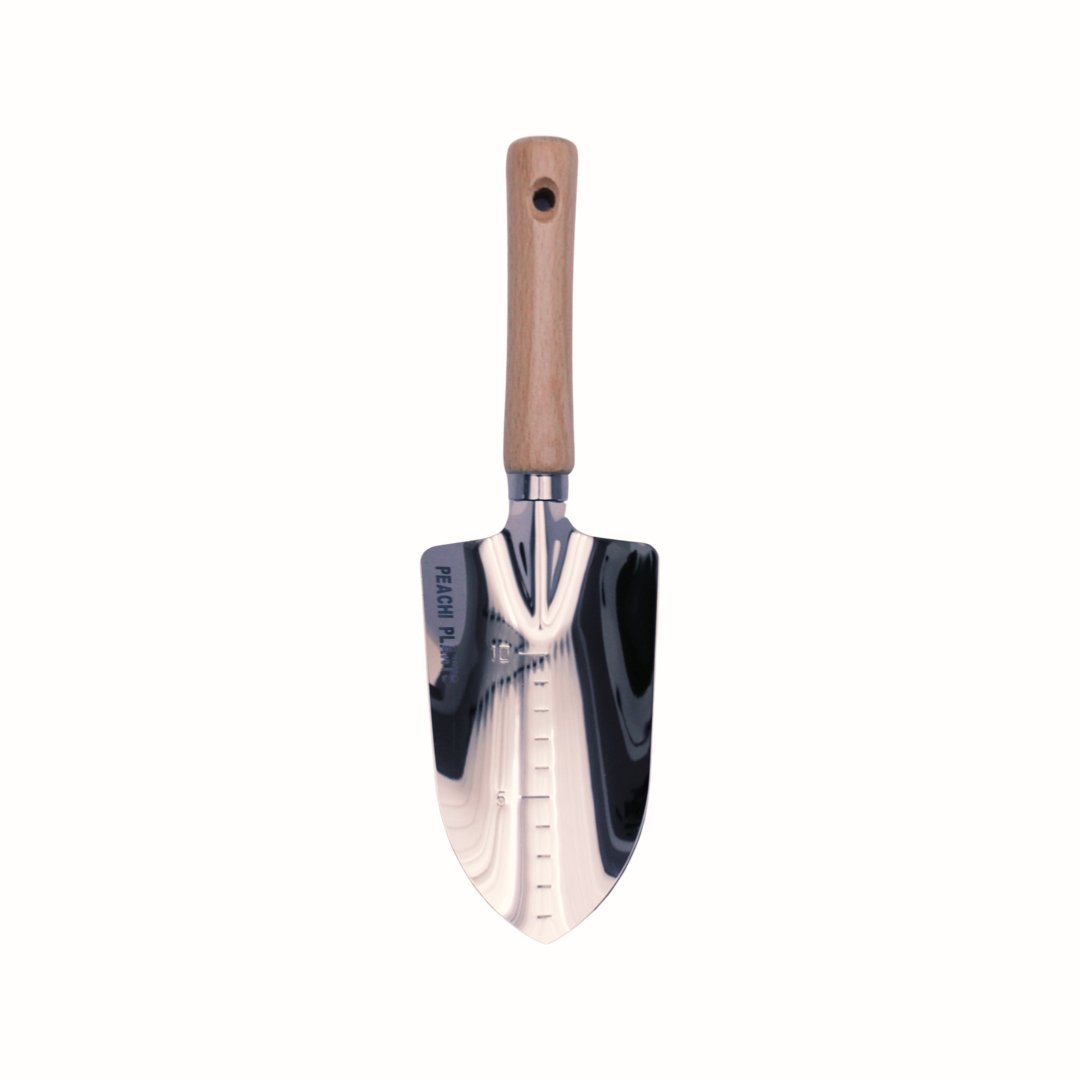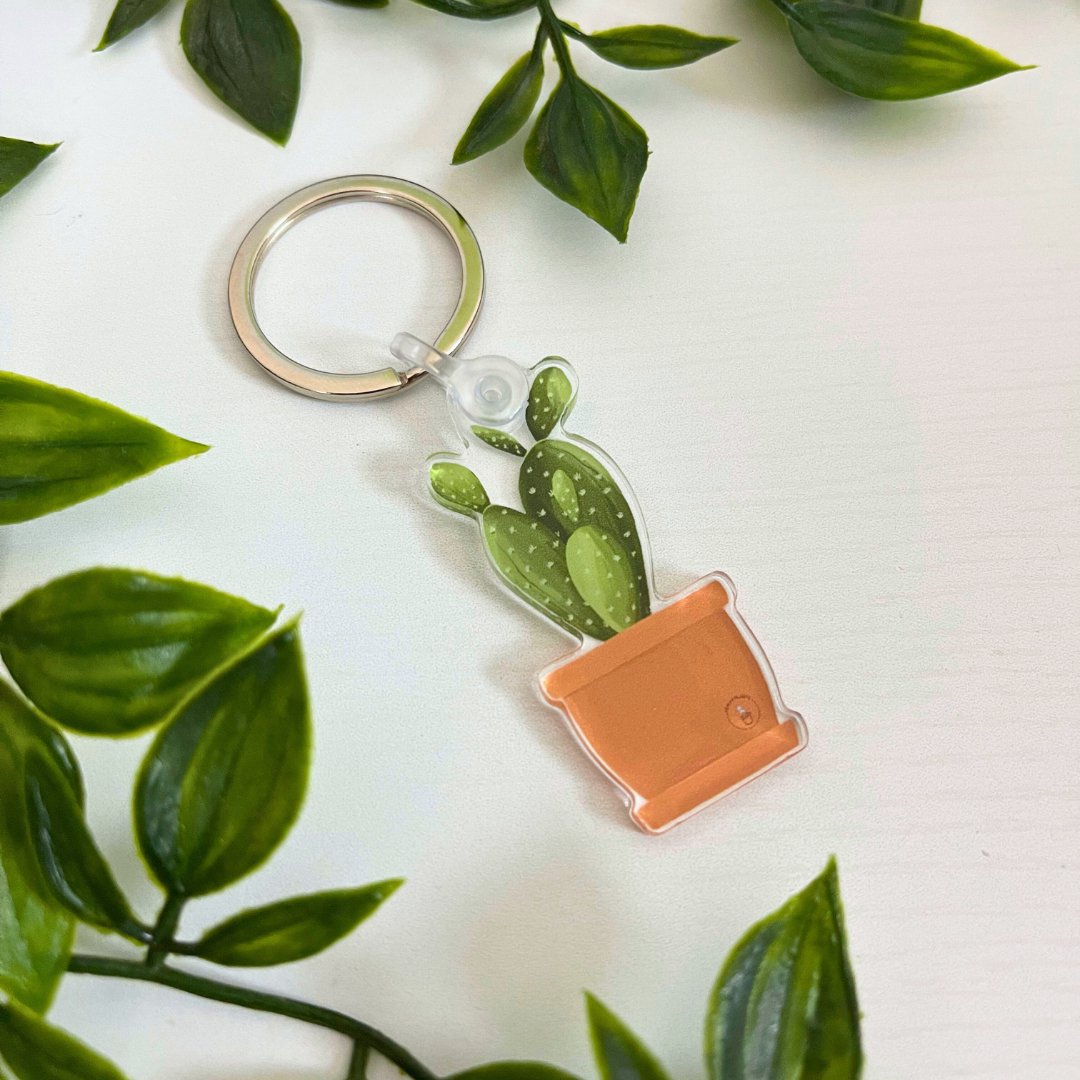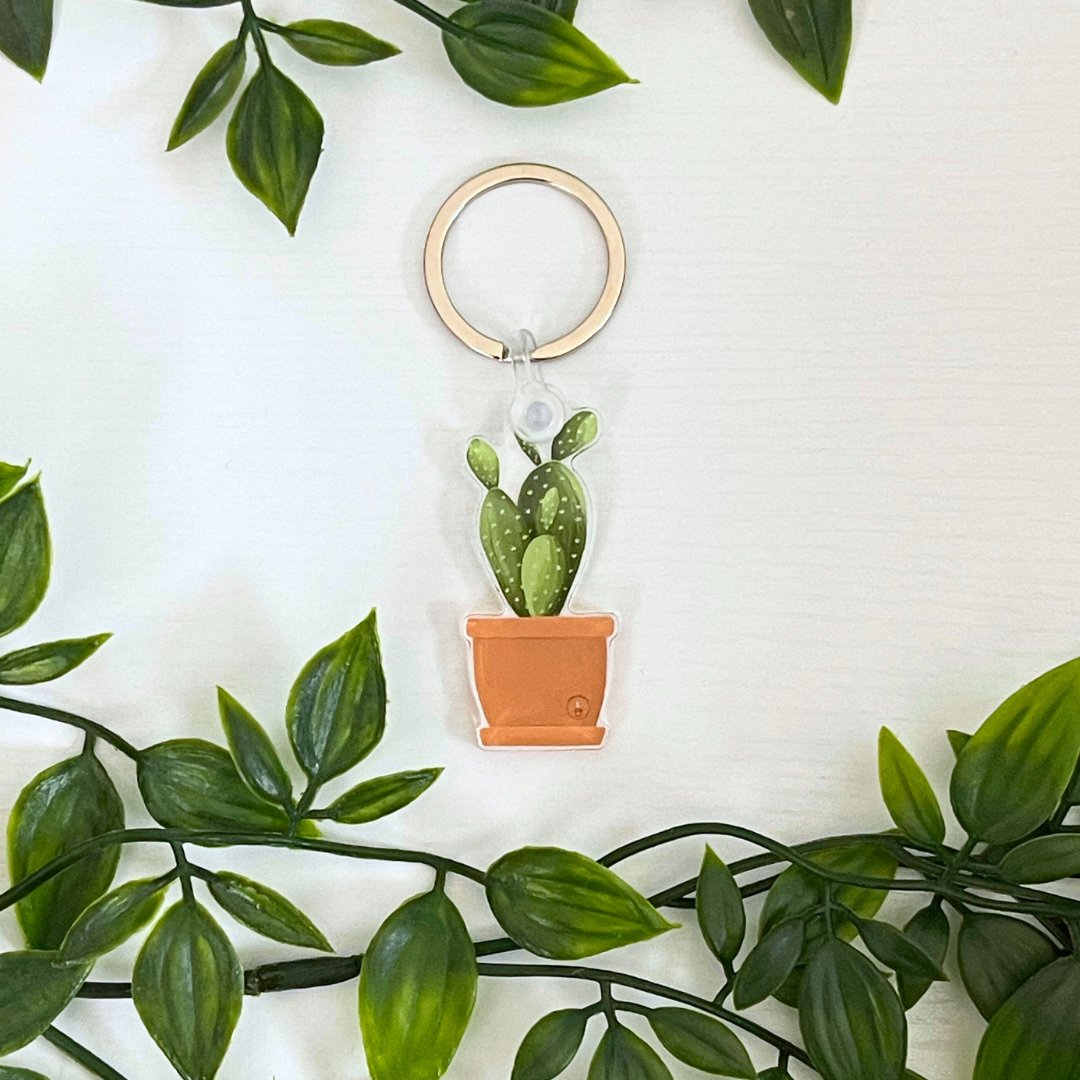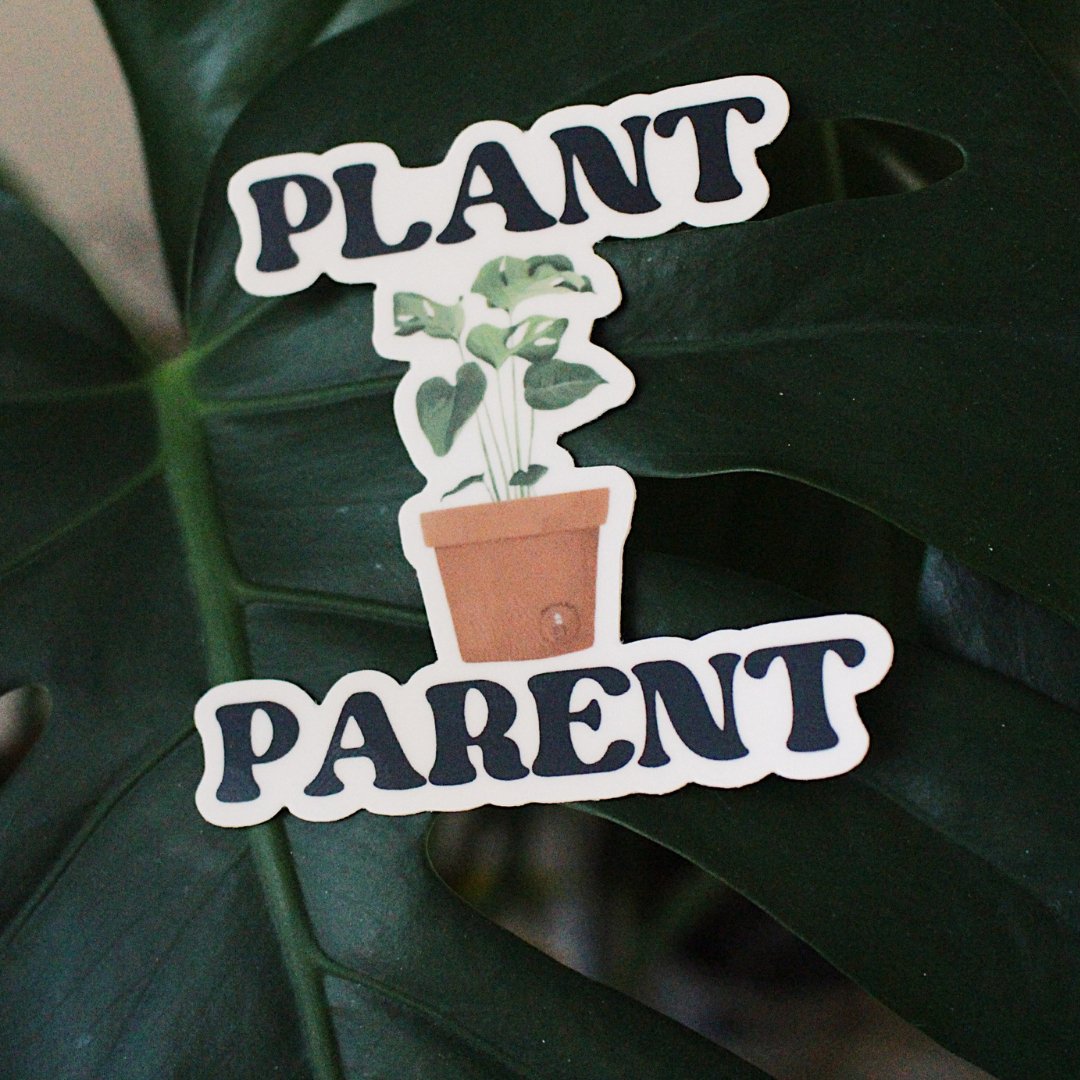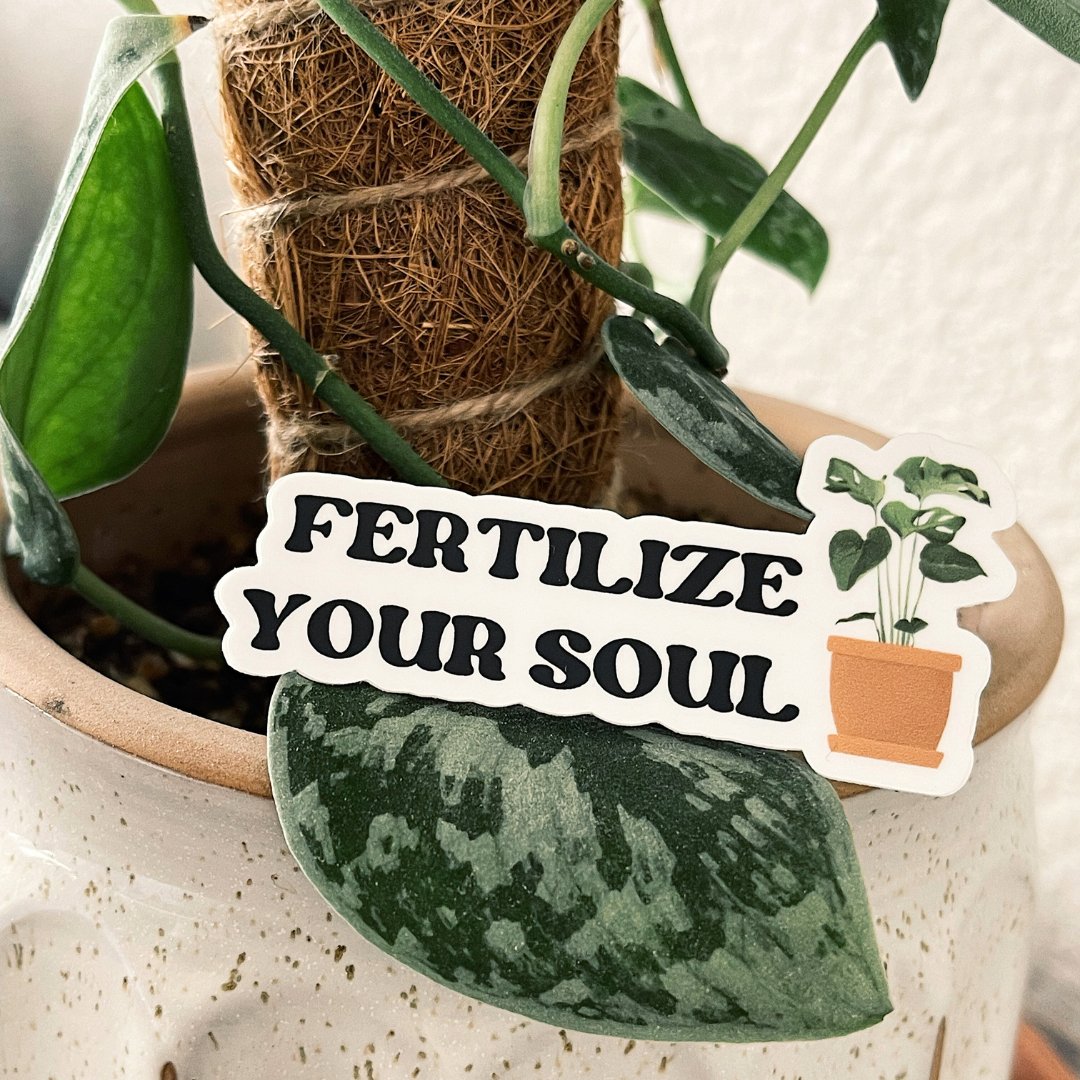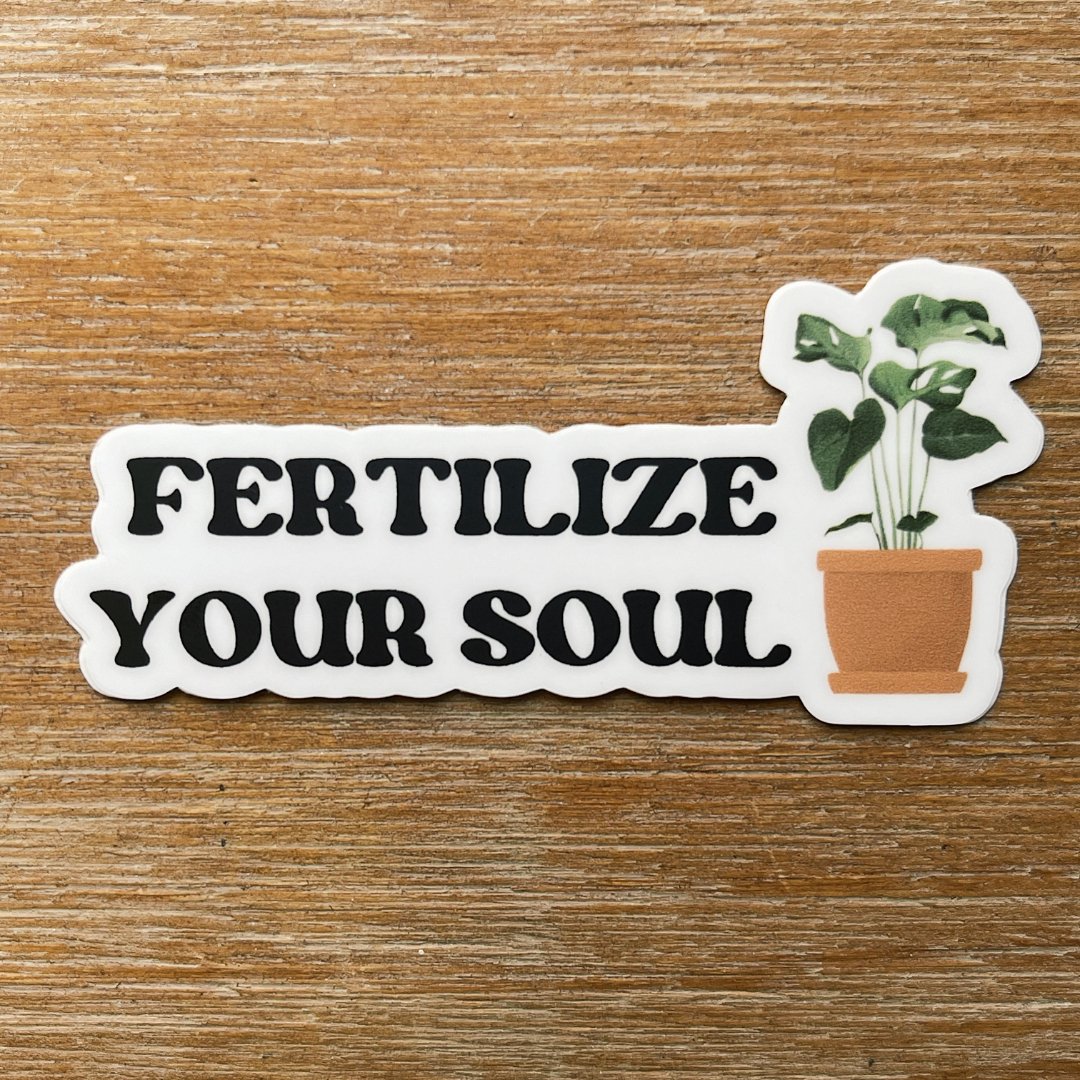Repotting your houseplants can be a daunting task, but it's an important step in ensuring that they grow healthy and strong. Whether you're a first-time plant parent or a seasoned green thumb, our step-by-step guide will help you repot your plants with ease.

First, let's get some common repotting myths out of the way.
1. A bigger pot means bigger/faster growth. It's understandable as to why people assume this. But if the root system of the plant isn't established enough when you go to repot it, it will not thrive in a bigger home. The soil on the bottom will remain moist because there are not enough roots to soak up the moisture. That will open up the possibility of root rot taking over your plant.
2. You need to repot any new plant you bring home. Unless the soil visibly looks bad to you (too wet/dense, fungal growth, pests) you do not need to repot it until it shows signs of needing a bigger pot.
3. Repotting will fix a dying plant. While it's always worth a shot to try, it doesn't always work out. Sometimes the plants health is too far gone to make a comeback. Propagation is an option for a lot of houseplants though! It's an inexpensive way to restart a journey with a houseplant.
When do I need to repot my houseplant?
Ideally the perfect time to repot a plant is during its growing season, which is normally early spring though late summer. If you live in a warmer climate, you can repot pretty much any time of year. You want to repot your plant when it is mostly dry. Repotting a freshly watered plant is too heavy to handle and you could damage the root system.
These are some signs for when a plant needs repotting:
- You can see roots coming out the bottom of the pot or pushing on the sides
- You are watering more than usual
- Its been in its existing pot for more than 12-18 months
- Plants health is declining, needs fresh soil or different type of pot
- Dropping a lot of leaves

What size pot do I repot my plant in?
If you are repotting to give your plant more room to grow, you want to go with a pot that is around 2-4 inches larger in diameter. If you have a massive plant, try adding top soil. You might not have to repot it.
What material pot is the best for my plant?
The most popular types of pots are clay, plastic, & terracotta.
- Plastic pots retain moisture so you won't need to water as often. These are good for bigger hanging plants or plants on shelves.
- Clay & terracotta pots are more unique & beautiful. They are more expensive than plastic ones but they can be a lovely part of your home decor. They are porous pots and absorb more moisture which means you will need to water more often. They are a great choice for cacti & succulents.
Drainage is Key
When finding a new pot for your plant, always look for a drainage hole! If it doesn't have one you can drill one in yourself or you can put the plant in a slightly smaller plastic pot and sit it inside the decorative one. You just have to remember to remove it when you water it so it doesn't get forgotten and sit in water.

What kind of soil do I repot my plant in?
There are many different type of soils you can choose from. Our favorite soil mixture is any type of potting mix, worm castings/compost, orchid bark/perlite. Fox Farm Ocean Forest is a good choice if you want to buy it all in one, all you have to add is orchid bark to aerate it some more.

Step-by-Step Guide
When it comes to actually repotting your plant, you want to get your materials ready. You will need a repotting mat, gloves, pruning shears, a shovel, your new pot & soil mix.
Step 1: Choose the right pot
The first step in repotting your plants is choosing the right pot. It's important to choose a pot that is the right size for your plant. If the pot is too small, the roots will become cramped and the plant will struggle to grow. If the pot is too big, the soil will remain wet and the roots will rot.
Step 2: Prepare the soil
The next step is to prepare the soil. You can use a high-quality potting soil or make your own by mixing equal parts peat moss, perlite, and vermiculite. Once your soil is prepared, you can add a slow-release fertilizer to the soil to provide your plant with the necessary nutrients to grow.
Step 3: Remove the plant from its current pot
Carefully remove your plant from its current pot. You may need to gently loosen the roots with your fingers to get the plant out. Be careful not to damage the roots as you remove the plant from its pot.
Step 4: Pruning
Once the plant is out of its pot, you can start pruning. This will help to remove any dead or damaged roots and promote new growth. Use a sharp pair of pruning shears to trim the roots. Make sure to disinfect in between each plant.
Step 5: Place the plant in its new home
Fill the bottom of the new pot with soil and place the plant in the pot. Make sure that the plant is at the same depth as it was in the previous pot.
Step 6: Fill in the soil
Fill in the soil around the plant, making sure to firm it down around the roots. Water the plant thoroughly to help settle the soil into place.
Step 7: Care for your plant and enjoy
After repotting your plant, it's important to give it the proper care to help it recover. Keep the soil relatively moist, but not waterlogged. Make sure to place the plant in an area with the proper light and temperature for its needs.
We'd love to hear from you, our readers, about your own repotting experiences. Share with us in the comments section below:
- What is the most challenging part of repotting plants for you?
- Do you have any tips or tricks that have made repotting easier for you?
- Have you ever had any repotting mishaps or funny stories to share?
- Are there any specific plants that you find particularly tricky to repot?
- How often do you typically repot your plants?
